The fascinating, multi-cultural city of Sarajevo is a relatively undiscovered travel gem. There are not many other places in the world where you can walk down the street, thinking you’re in a small version of Turkey’s fabulous Istanbul. And just a couple short blocks later, you’re strolling through a cosmopolitan European city.
Welcome to Sarajevo, Bosnia & Herzegovina’s lovely capital city, where “East Meets West.” The town embraces all faiths – so here you can find Islamic mosques, Jewish synagogues, a Catholic cathedral, and Serbian Orthodox church all in close proximity.
I visited Sarajevo in October 2019 as part of an Overseas Adventure Travel (OAT) tour of Croatia & the Balkans entitled “Crossroads of the Adriatic.” (see map). Before that, I will sheepishly admit I didn’t know much about Sarajevo, except that it had hosted the 1984 Winter Olympics. Plus, there had been some type of Balkans conflict in the 1990s, but my understanding was vague at best.
We spent 3 nights in Sarajevo and the city stole my heart – with its rich culture, fascinating sights, and the welcoming people. In addition, it was very interesting learning about its troubled recent history, the incredible resilience of the Sarajevan people, and the great promise for their future.
Today, Sarajevo is a safe and comfortable city to visit. In this blog post, I will share some of the fun & interesting things we did, along with why I feel Sarajevo is an up and coming destination to be added to traveler’s lists. I hope you’ll be inspired to make a visit one day soon!
First A Little Background – Yugoslavia / Sarajevo & Bosnia
United as Yugoslavia after World War I, its diverse countries (located at the crossroads of Eastern and Western cultures) coexisted peacefully. However, in the early 1990s, major conflicts caused the final breakup of Yugoslavia into the 6 individual countries we know today. That includes Bosnia & Herzegovina and its neighbor Croatia.
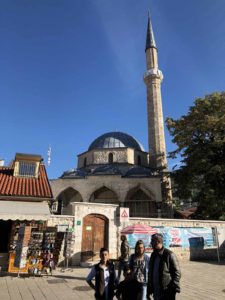
Unfortunately, Sarajevo descended into chaos during the Yugoslav wars. The city & its people endured a brutal 44-month siege – the longest in the history of modern warfare.
However, in less than two decades, Sarajevo has been almost completely restored as the gleaming capital of Bosnia & Herzegovina. This beautiful city of around 340,000 people is surrounded by steep mountains on all sides.
Walking Tour of Sarajevo’s Old Town (Bascarsija)
You’ll definitely want to start your visit by exploring Sarajevo’s Turkish-style Old Town. There, you’ll feel that you’ve been transported to Istanbul (one of my favorite cities!). We had a wonderful local guide, Nera (a Sarajevo native), who helped make the city’s fascinating history come alive.
- Pigeon Square / Credit: Deposit Photos
- Our local guide Nera in orange pants
Bascarsija means “main marketplace.” In the past, this Ottoman bazaar was a mile long and filled with workshops of many different specialties. Today, just around 10% of the bazaar remains.
A good place to start is “Pigeon Square” – officially called Bascarsija square. Its centerpiece is a beautiful Ottoman-style wooden fountain (Sebilj), a beloved icon of Sarajevo. It’s a great place for watching people and the large numbers of pigeons who come to be fed by their human friends.
The most authentic street is Coppersmith’s Street. There you will find local craftsmen still hammering beautiful copper items of all types. This might well be the most touristy street in Sarajevo, but it’s still a fun place to stroll & shop. Perhaps, you’ll feel inspired to bring home a hand-hammered Bosnian coffee set or an ornate decorative tray.
Another Old Town street is Locksmith’s Street. However, the locksmith workshops have long disappeared. It’s now filled with a variety of fast food shops (Sarajevo style) to help fuel your wanderings (photo above). More about that later under the Food section.
Enjoy a Bosnian Coffee at the Historic Morica Han
Drinking coffee is a very important part of Bosnian culture, especially here in Sarajevo. That’s not surprising with the city being at the convergence of two cultures that LOVE their coffee – the Ottomans (Turks) and the Viennese. In fact, I was told that Sarajevans were the first people for drinking coffee in cafes.
Our guide Nera took our small group to Morića Han to enjoy a typical Bosnian coffee. Morića Han is Sarajevo’s only remaining caravanserai, a place where merchant caravans during the Ottoman period could find food & accommodation.
- Credit: Bosnia4u.com (left) /Destination Sarajevo (above)
Today, Morića Han is home to a few cafés and shops, as well as a restaurant which serves traditional Bosnian food. We sat outside in the tree-lined courtyard and Nera ordered Bosnian coffee for us. She then explained the proper ritual for drinking Bosnian coffee – known elsewhere as Turkish coffee.
Bosnian coffee is a thick unfiltered, highly caffeinated sludge. The fine grounds are stirred with water in a small copper-plated kettle with a long straight handle. Once poured, it leaves a layer of “mud” at the bottom of your cup. When it’s ready to drink, it’s done slowly.
Gazi Husrev Bey’s Mosque
While in Old Town, make sure to pay a visit to Sarajevo’s most important & historic mosque. Built in 1531, it is named for Gazi Husrev-Bey (1480-1541), a Muslim aristocrat who funded the mosque and many of the other Old Town’s landmarks. Even though it’s the main congregational mosque, tourists and guests are welcome.
- Credit: Deposit Photos
There is a large outer courtyard, with a beautiful fountain in the middle (above). This is for worshippers to wash before their prayers. The mosque’s tall minaret has 527 steps. The muezzin has to climb these steps five times daily to call Muslims to prayer. Clearly, he doesn’t need to work out at the gym!
To the left of the mosque, you’ll find two free-standing mausoleums (below). You can’t enter, but good views are visible through the windows. The larger one holds the remains of Gazi Husrev-Bey in a beautiful deep green fabric-covered sarcophagus. (below right)
Nera took our group inside the mosque for a visit. As with all mosques, we took off our shoes and we women covered our heads with a scarf. The mosque inside was relatively small (possibly holding ~200 people) with all the typical Islamic elements of a mosque.
In 1898, Gazi Husrev Bey became the first mosque in the entire world to receive electric lighting, which was installed by the city’s Austrian Habsburg rulers who clearly respected the local Islamic faith.
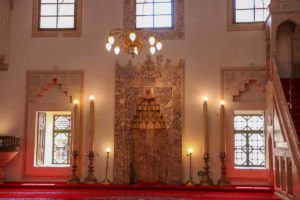
In addition, Bosnian Muslims are of the Sunni sect – because they descended from the Ottomans. She also told us that Bosnian Muslims look more European, with many eating pork and drinking alcohol.
Old Austrian Quarter – Ferhadija Pedestrian Street
Leaving “Little Istanbul” behind, it’s time for a cultural shift as we explore the more modern part of Sarajevo, including the Old Austrian quarter. On the city’s main pedestrian street of Ferhadija, you’ll find the “Sarajevo: Meeting of the Cultures” sign underfoot (below right) which signals the immediate transition from East to West.
As the Ottoman Empire declined in the late 19th C., the Habsburgs of the Austro-Hungarian Empire peacefully took over Bosnia in 1878. They only ruled Sarajevo for 40 years, but they made quite a mark – greatly modernizing the city to meet current European standards as was seen in Vienna, the Empire’s capital.
As you stroll Ferhadija Street with its shops, sidewalk cafes & European architecture, you’ll pass the beautiful Catholic Church, built in 1884-89. In 1997, Pope John Paul II paid a visit to Sarajevo to call for peace, forgiveness and reconciliation in the aftermath of the war.
- Cathedral (left) / Eternal Flame (above) / Click photos to enlarge
At the end of Ferhadija where it intersects with the busy Marsala Tita street, you’ll find an Eternal Flame. Located at the base of yet another beautiful building, the flame is a memorial to the military and civilian victims of the World War II who helped liberate Sarajevo. In cold weather, locals use it to warm up as they pass by. I was there in October and it was already cold in the evenings.
Liberation Square
This beautiful park-like square just off Ferhadija is definitely worth a visit. It’s ringed with busts of important Bosnian writers along with a prominent statue in the middle called “Multicultural Man Builds the World.” This statue shows a naked man holding the meridians of the globe, surrounded by doves. Hmm…creative artist!
Fronting the square, you’ll find another beautiful church – the Serbian Orthodox Cathedral. It was built between 1863 and 1868 during Ottoman rule. I just love its architecture!
Historic Latin Bridge & Museum
Once again, it’s time to step back in history to a very important event, which took place near the Turkish-style Latin Bridge. During the Ottoman times, many Catholics lived in this area. Because their mass was said in Latin, the pedestrian bridge which crosses the Miljacka River was so named.
On June 28, 1914, on the street corner by the Latin Bridge, Archduke Franz Ferdinand was assassinated, along with his wife Sophie as they were riding in an open top car. He was heir to the vast but declining Austro-Hungarian Habsburg Empire. He was shot by Gavrilo Princip, a 19-year-old Bosnian Serb separatist (who later died in prison).
- The famed Latin Bridge
- Street Corner by Latin Bridge & Museum
This event helped spark World War I. (To quote from the Rick Steves’ guidebook). The shooting set off a chain reaction of allegiances and grudges that swiftly pulled all of Europe – and much of the world – into a Great War that would end the age of empires and inaugurate a new era of modern nations. While historians stress that the assassination was merely the event that ignited the tinderbox of World War I – not the “cause” of the war – its significance is undeniable.
On this same corner, a building houses the one-room Sarajevo 1878-1918 Museum – which covers the 4-decade rule of the Habsburgs along with details of the assassination. I checked out the plaque and photos on the outside walls and windows but unfortunately, I didn’t have time to go inside. However, I did talk with the owner of the cool green military car parked in front (above right), which he had personally built for the 100-year anniversary celebration in 2014.
- City Hall / Credit (for both): Deposit Photos
A little way up the street in the old Turkish quarter (and alongside the river) is Sarajevo’s beautiful former City Hall, built during the Habsburg rule. This is where Archduke Franz Ferdinand began his fateful drive through the city. It now houses the National Library, which was renovated in 2014 after being destroyed during the Bosnian War.
The Bosnian War & Siege of Sarajevo
During our time with Sarajevan guide Nera, we learned much about the Siege of Sarajevo, an important & tragic part of the city’s recent history. As shared, Yugoslavia was formed after World War I and broke apart in the early 1990s. This is when multi-ethnic Bosnia became “ground zero” for hashing out old ethnic grudges.
The Siege of Sarajevo began in the spring of 1992, when Sarajevans found themselves completely surrounded by the heavily armed Bosnian Serb Army. The siege lasted for an unbelievable 3 years and 8 months – the longest siege in modern European history. The people were bombarded by 300 mortar shells/day.
In addition, as people walked along the streets, they were picked off by sniper fire from afar. In fact, the city’s most dangerous street was called “Sniper Alley.” During the siege, around 11,000 people were killed in the city, including 1,600 children. An estimated 350,000 people lived through the siege, and included around 50-70,000 Serbs who decided to stay in their home city.
Another Sarajevo landmark is the bright-yellow Hotel Holiday. This iconic hotel, first named Holiday Inn, was built for the 1984 Olympics. During the siege, it served as a refuge for journalists covering the war despite being located on “Sniper Alley.”
- Hotel Holiday today – still bright yellow
- Museum display showing typical home during siege
As you might imagine, food was a major concern for the besieged Sarajevans. The United Nations took responsibility for humanitarian aid, with the majority of food provided by UN airlifts. Nera shared her personal account of the experience, being age 7 at the start of the war.
She told us that Sarajevans really needed UN aid for everyday life. She had 9 family members living in their home. They ate mostly beans, rice, and lentils and occasionally meat in a can with a 20-year expiration date. They walked 6 miles one way to a local brewery to get their drinking water, and then needed to wait in line for 2-3 days. Bombs had contaminated the rest of the water.
However, life during the siege continued to go on for the incredibly resilient Sarajevans. This included children attending school, along with art galleries and cafes for socializing remaining open. In fact, the Sarajevo Film Festival began in 1993 during the siege – and is still going strong today. Peace finally returned to the city in 1996.
Sarajevo Tunnel of Hope & War Museum
A definite highlight for our group was visiting Sarajevo’s “Tunnel of Hope” & War Museum – a sight not to be missed. The tunnel is located near the airport, in the countryside on the outskirts of the city – about a 30-minute drive from our Old Town hotel.
The tunnel was a half-mile underground passage dug in 1993 to ferry people out of Sarajevo and bring supplies in during the siege. Today, visitors can walk through a small stretch of the tunnel, which of course we did.
We started our tour with Nera explaining on a large map how Sarajevo was almost totally surrounded by the enemy, with its only connection to the outside world being a mountain pass. Unfortunately, the airport lay between the besieged city and that pass – and they couldn’t cross because the airport was controlled by the UN who was being impartial in the “civil war” at that time.
So, the ingenious & determined Sarajevans decided to dig a tunnel under the runway! They assembled an expert team of coal-mine engineers and workers who spent 4 months digging the passageway. Over time, the tunnel was outfitted with rails to more efficiently transport goods on wheeled carts. It was also wired to supply electricity and natural gas for the city.
The Sarajevo War Tunnel Museum includes the battle-scarred house (above) that was the “secret” entrance to the tunnel. Now it contains a small but interesting museum, displaying items that were actually used in the tunnel. The family has preserved a 25-meter long (~80 foot) section of the tunnel that we walked through – a very special experience albeit short one.
- Credit: Deposit Photos
As we did, it was sobering to think that Sarajevans would carry heavy backpacks (65 pounds for women, men much more) as they walked for half a mile, hunched over as they passed through the 5-foot high & 3-foot wide tunnel – that was their lifeline to the outside world!
Isa Begov Hamam – My Visit to a Local Turkish Bath
After all these war-time stories, albeit fascinating and worthwhile, it was time to enjoy a little respite for the body and soul. On my travels, I enjoy local massages so I was excited to experience a Turkish bath (hamam) in Sarajevo. I had really enjoyed the hamam I visited a few years earlier in Turkey – and I wrote a blog post about it in my Turkish Hamam Experience. (click title to read).
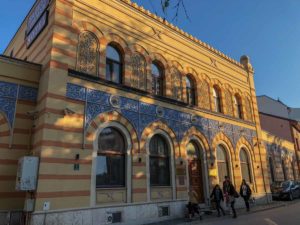
Like all hamams, it has separate times for men and women. Upon arrival, I paid my 50 BAM (~$30USD) and received shoe covers, a white towel and plaid peshta (Turkish towel/wrap) before heading into the locker room. In just my bikini bottom and wrapped in the peshta, I headed out to the large jacuzzi type pool in a beautiful circular marbled room.
The adjoining room was where the Turkish scrub & massage takes place. When it was time for my appointment, the woman masseuse had me lay on the massage table. First, she did the body scrub with her special mitt, front and back. Then it was time for a massage with the special white foamy soap. At the end, she had me stand up and she poured cold – then hot – then cold water on me!
- Credit: Terapeak
The half hour scrub/massage passed quickly. I headed back to the jacuzzi pool for a final soak, feeling so much more relaxed. In talking with the staff on my way out, I learned all the masseuses are physical therapy graduates. It was a great experience that I’m glad I sought out.
Speaking of Great Food
Rick Steves guidebook states that “cosmopolitan Sarajevo boasts a wide array of good eateries, serving not only traditional Bosnian food (delicious) but a wide range of international flavors.”
While in Sarajevo, you’ll definitely want to enjoy the omnipresent Turkish-influenced Bosnian foods – like burek and cevapi – along with delectable sweets & pastry treats like baklava.
My favorite quick meal was clearly the Burek. These delicious “Bosnian pies” are made with flaky phyllo dough and savory fillings. You can choose your fillings, which are commonly spinach, meat, tangy cheese or potato – or a combo. (above right & below).
Cevapcici (or cevapi), considered a national dish of Bosnia & Herzegovina, are tasty sausage-shaped minced meat patties. The Old Town area is filled with cheap eateries – called cevabdzinica – selling this beloved Balkan sausage.
One evening, our group had dinner at a lovely historic restaurant named Dulagin Dvor (since 1928). We were served cevapi with pita and a red sauce and white sauce. With our hands, we were instructed to tear off a piece of bread and fill it with the sausage and sauce. Tasty….
Joys of Wandering the Streets / Meeting the People
Some of my favorite Sarajevo memories were meeting the friendly locals as I was out & about exploring. I popped into a shop filled with pastel-colored textiles and had a delightful conversation with Enes Aktas, the manager. I learned that he and his whole family had recently moved here from Turkey. Of course, I had to get a selfie of us together (below left).
I was also drawn into another shop selling traditional Bosnian clothing. The young man working was the son of the owner. He told me his brother lives in the U.S. and that many famous people have visited the shop, including Richard Gere. Then he shared the photo of his dad with Robert DeNiro. I was duly impressed – and had to get another photo (above right)!
As I was walking near Liberation Square, I passed a local woman selling pomegranate juice from her mobile stand. So, I stopped to “speak” with her and ordered a juice. Actually, she didn’t speak English & I didn’t speak Bosnian, but our hand motions worked just fine.
Chess Game in Liberation Square
On your wanderings in Sarajevo, be sure to catch the giant outdoor chess game taking place at the far end of Liberation Square. There you’ll likely find two men playing the game with great concentration, cheered on by a crowd of passionate onlookers – mostly middle age & older men. It was an enjoyable scene and fun snippet of local Bosnian life.
Check out the video below for a taste of the action…
Gallery 11/7/95 – Srebrenica Massacre
Our tour leader gave the group the option to visit this museum exhibition. Once again, not the happiest of subjects but it was powerful and incredibly well done. As Rick Steves says – “this sight is a must for visitors who want to better understand the atrocities that went on in this country in the 1990s.”
Like me, you have likely heard the name Srebrenica but don’t know many details. Srebrenica is a remote eastern Bosnian village that experienced the worst massacre on European soil since WWII. The date – 11/07/95 – is when Bosnian Serb forces invaded the town and began their campaign of mass murder and genocide.
- Beautiful building where exhibition is housed
The Srebrenica Exhibition features powerful photos and sobering videos about what happened. Photos include the faces of 640 of the more than 8,000 victims, most whom were Bosniak Muslim men and boys. So sad…
1984 Olympics / Hotel Europe
Finally, I want to share a couple other activities you might also enjoy. As you know, Yugoslavia hosted the 1984 Winter Olympics in Sarajevo. I didn’t have enough time, but apparently you can climb up into the hills to visit the Zetra Olympics Center. The complex includes the Kosevo Stadium that held the opening ceremony and there is a museum about the games.
I would also recommend a “walk-through” visit to the Hotel Europe Sarajevo, where our group was lucky enough to stay. (my room above right!) Built in 1882, the hotel has been restored to its old Viennese-style splendor. There is a sense of history, as it has hosted countless dignitaries over the years. Our guide Nera told us that her parents would dress up to go to the Hotel Europe as it was “THE meeting place!”
Additional Information for Planning a Sarajevo Visit
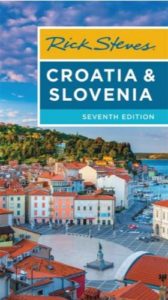
More Credit: I also want to credit this Rick Steves guidebook for a lot of the information I’ve shared with you in the blog post. I can’t say enough good things about Rick Steves and his excellent guidebooks for learning about a destination, its people and its history in depth.
Rick Steves says Sarajevo demands a minimum of one day but that you won’t regret having even 2 or 3 nights here. I completely agree, as you can see by all the different sights I’ve shared that can’t be done in just a day. Like all travel, you can quickly blast through a place and see just the highlights or stay and savor it at a more leisurely pace. And, I am confident Sarajevo won’t disappoint!
How To Get To Sarajevo:
Unfortunately, that can be a challenge as Sarajevo is not on a main thoroughfare between major travel destinations. It’s about a 3-hour drive east of Mostar, which is another interesting destination worth a visit with its centuries-old stone bridge. (below left)
- Mostar Bridge (left) / Tour map of Balkan region. Click to enlarge
On my OAT tour, we departed from Dubrovnik, Croatia for our drive into Bosnia to visit Mostar (for a few hours) on our way to Sarajevo. The drive took around 3 hours from Dubrovnik to Mostar. Of course, the Rick Steves guidebook has additional information.
Flying into Sarajevo is another option, if you’re not able to find a tour that includes Sarajevo. For example, you can fly from Croatia’s delightful capital city of Zagreb. Perhaps if you’re visiting Dubrovnik and the Dalmatian Coast, some local Croatian tour operators may offer multi-day tours to Mostar and Sarajevo.
Value of Local Guides
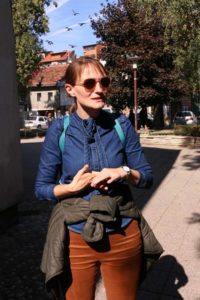
Again, I couldn’t agree more. Our local guide Nera was an absolute gem. She had been in the travel business for over a decade and her knowledge and personal insights were beyond invaluable. She really made Sarajevo, its history and people come alive for us. The Rick Steves guidebook also lists the names of a couple recommended local guides.
COMMENTS: Have you been to Sarajevo? Please share your experience. If not yet, does this city have an appeal to make you want to visit?
FOR MORE DETAILS ON MY FASCINATING OAT TOUR OF THE BALKANS, CHECK OUT MY PRE-TRIP BLOG POST: I’m Heading Off to Croatia, Montenegro & Slovenia.
Here also is a link to the blog post about my visit to Dubrovnik, a lovely old walled city on the Dalmatian coast: Why Croatia’s “Pearl of the Adriatic” is a Must Visit.

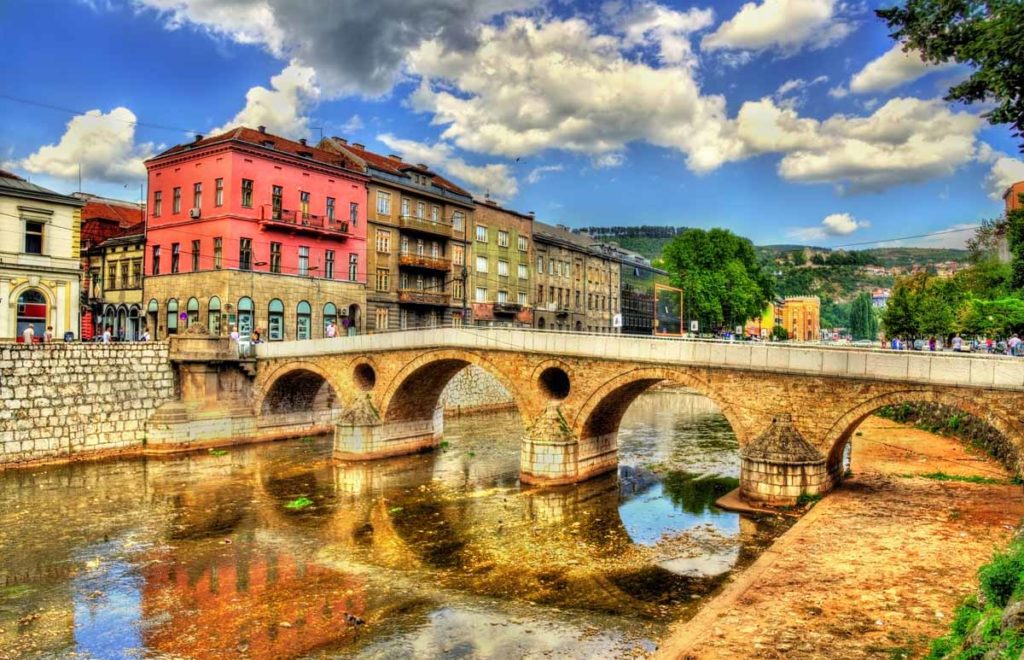
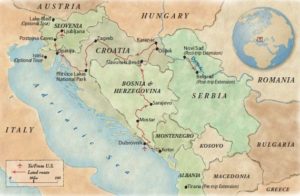
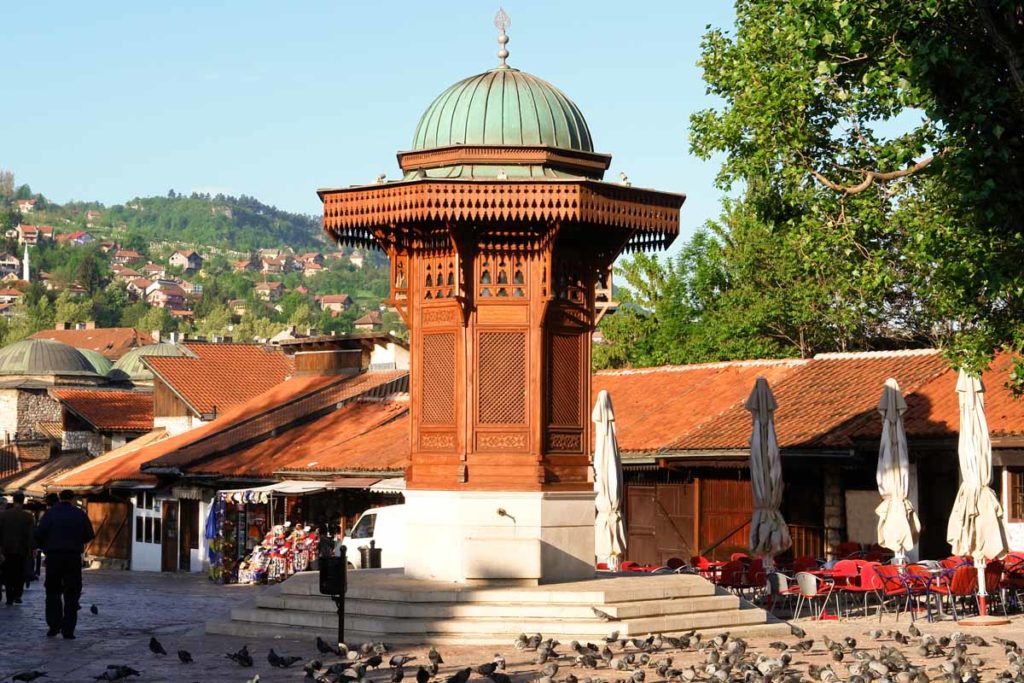
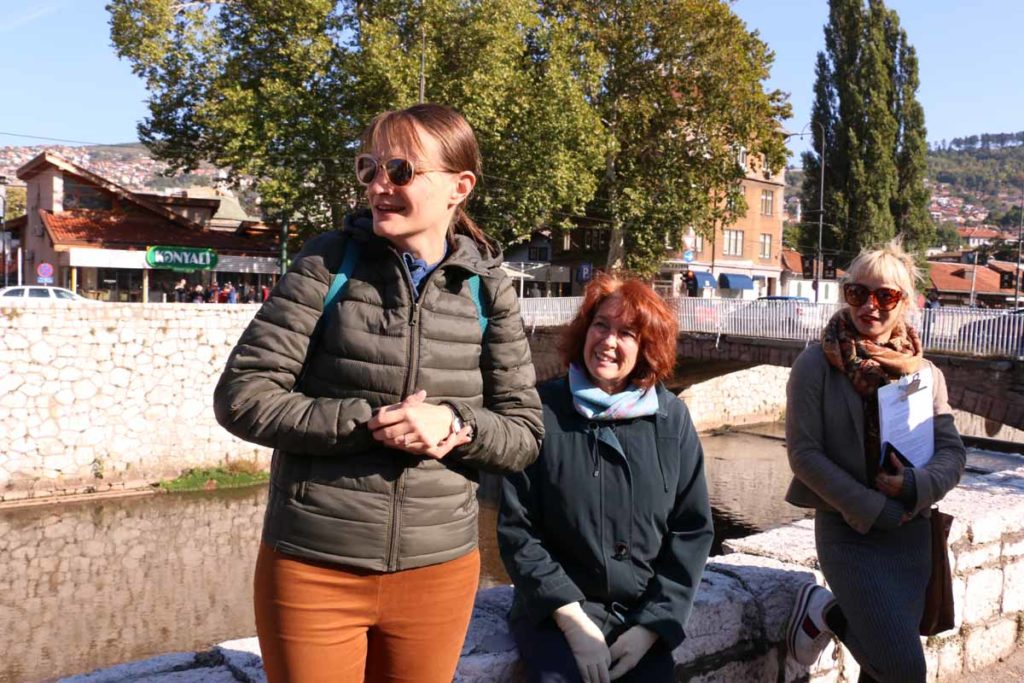
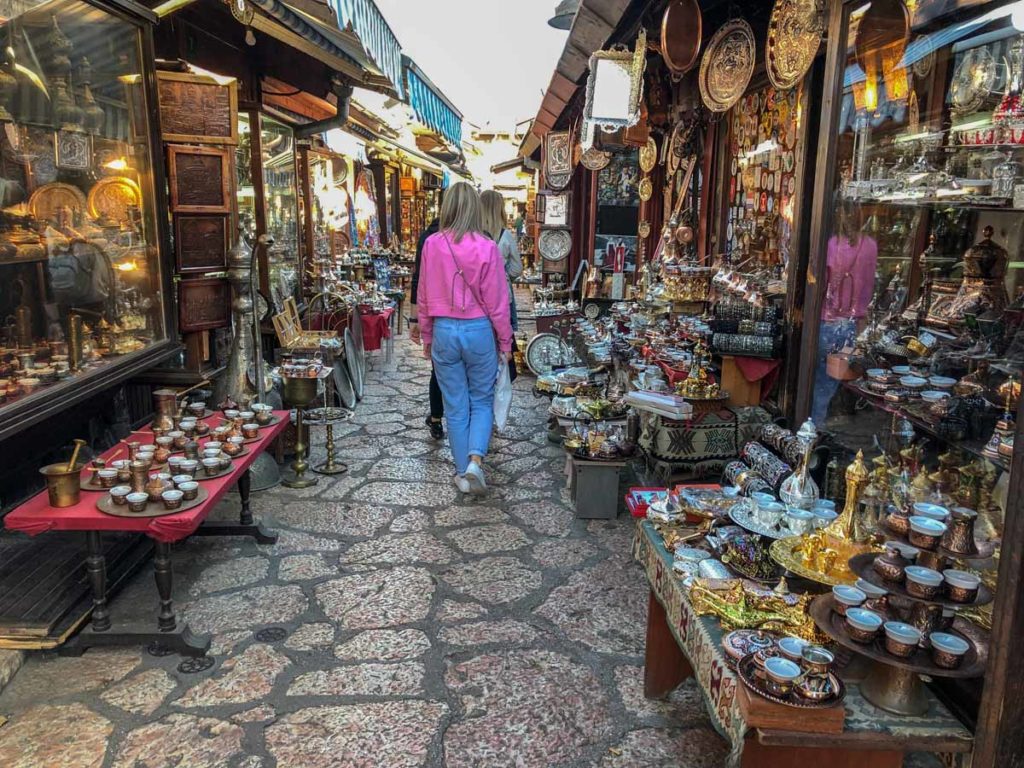
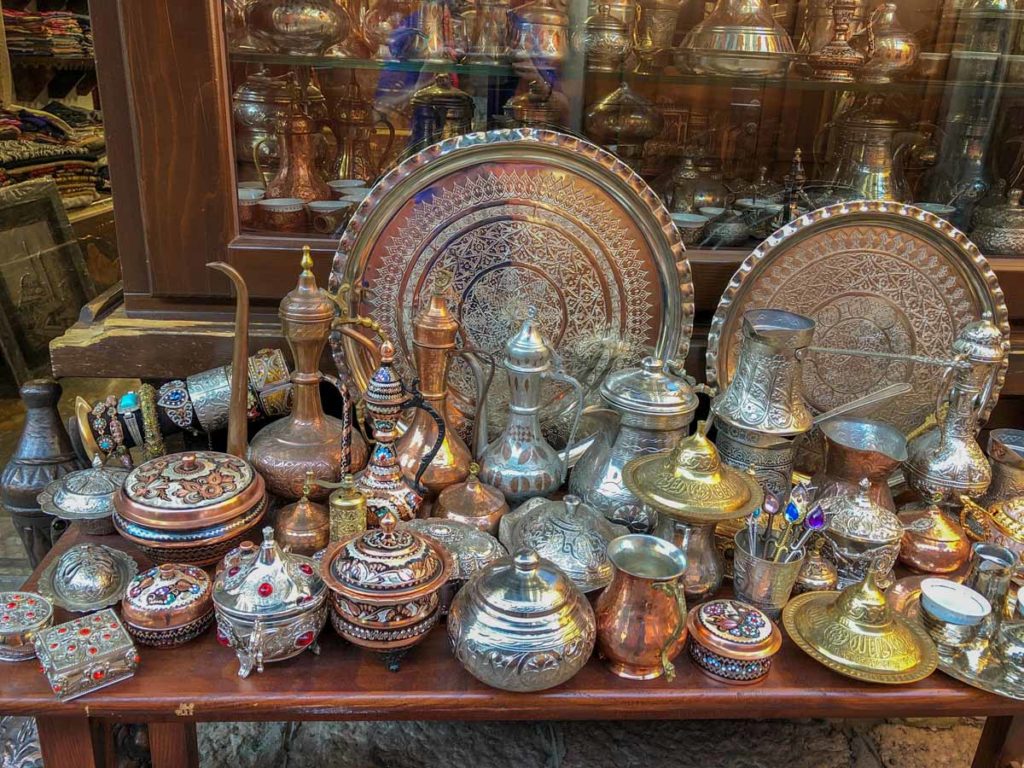
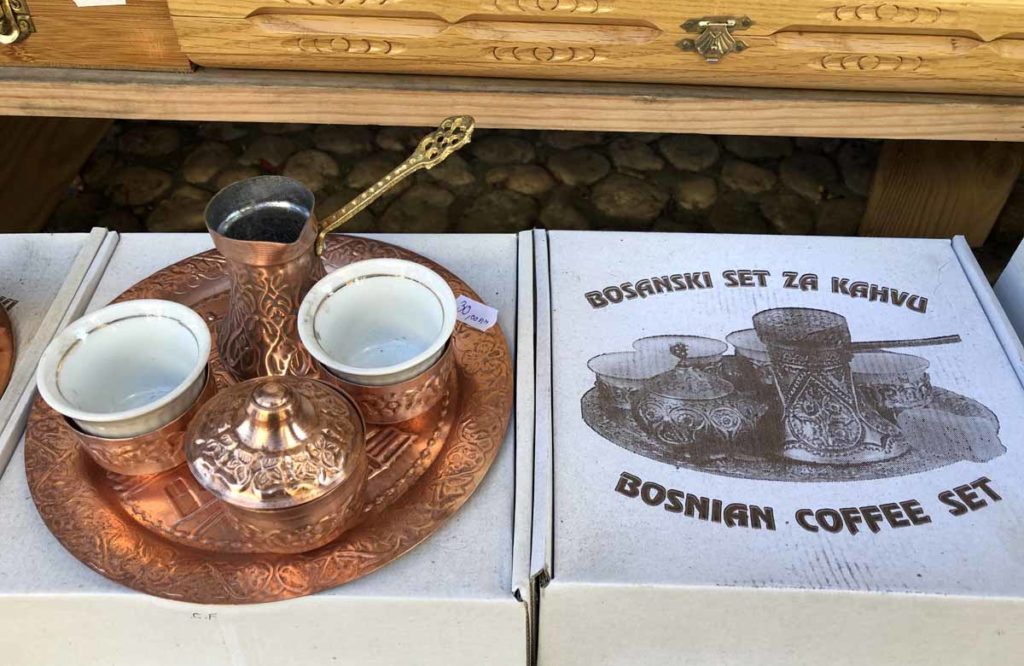
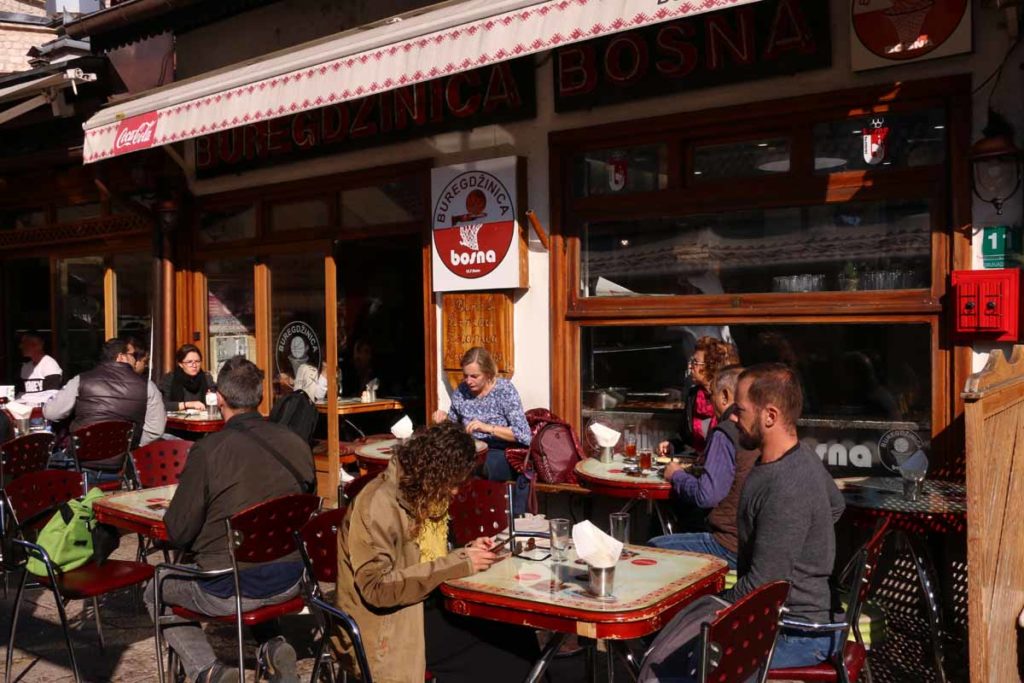
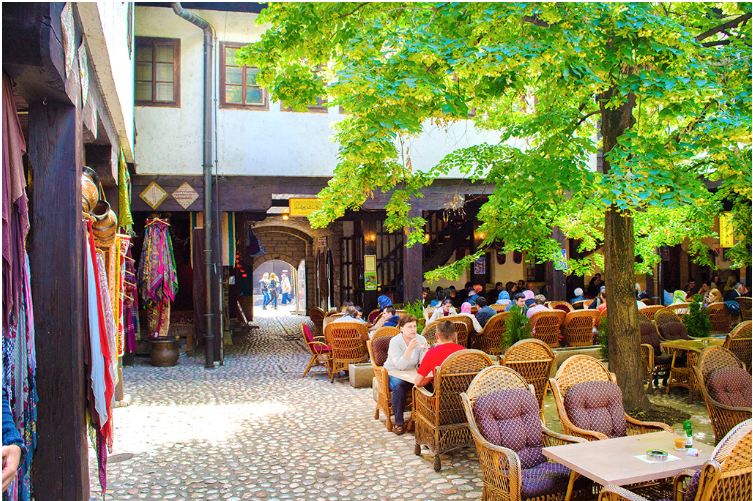
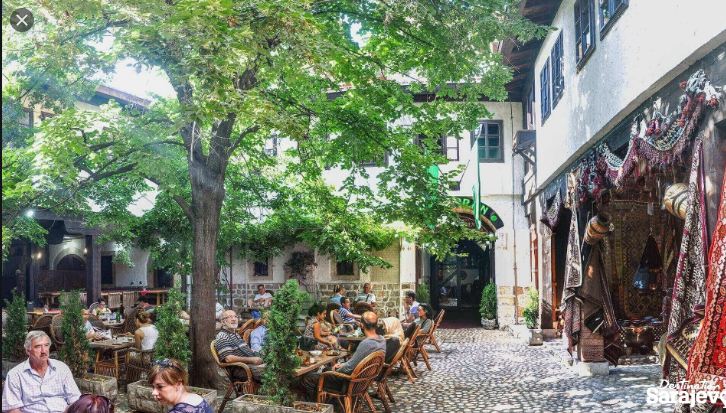
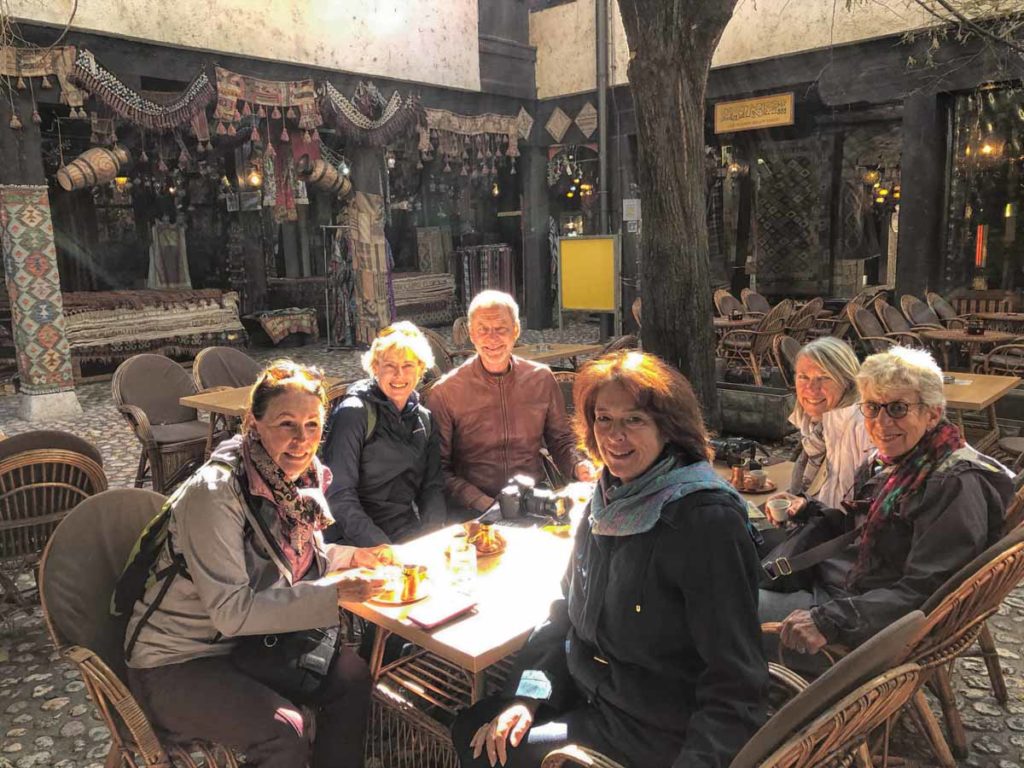
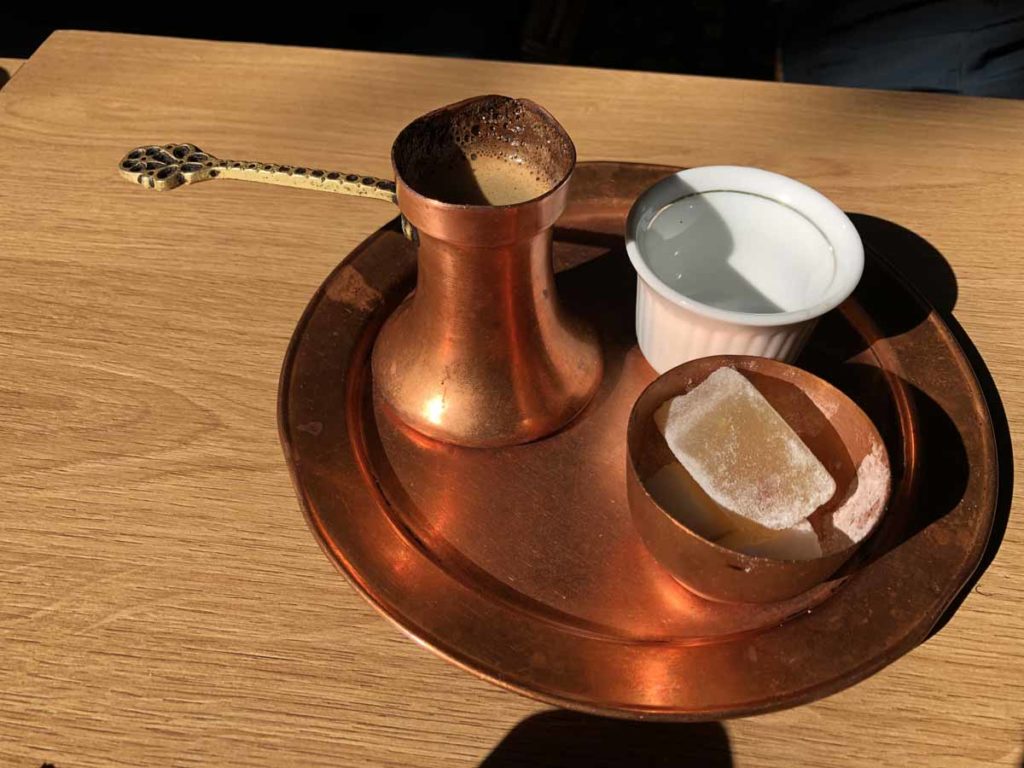

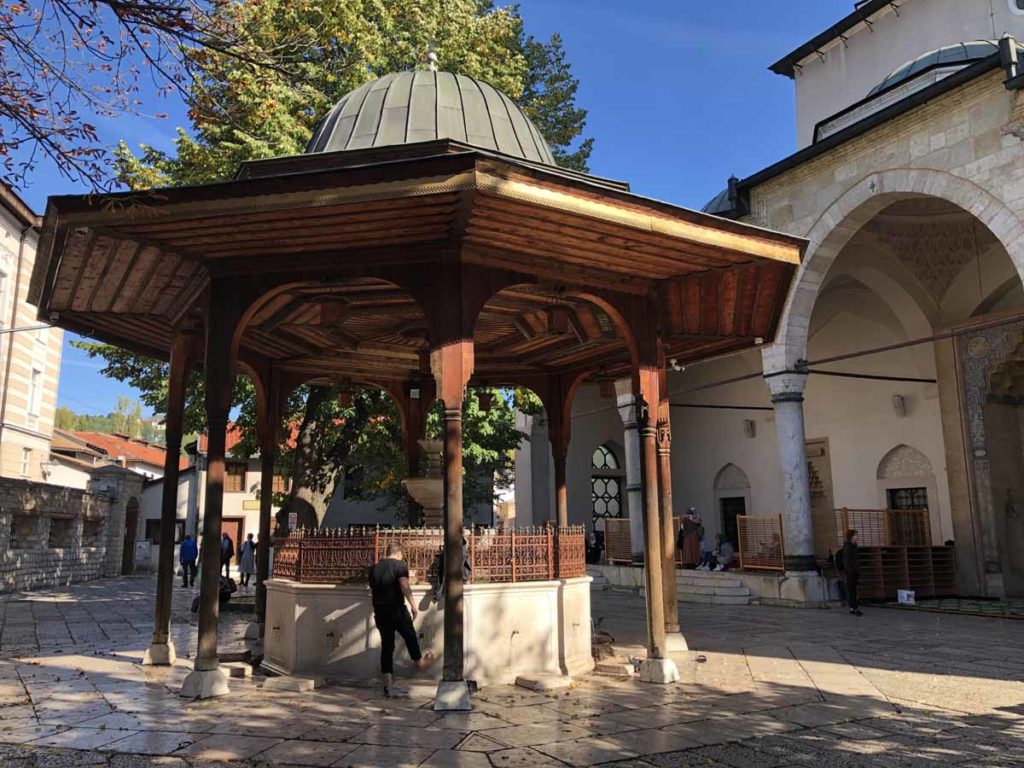
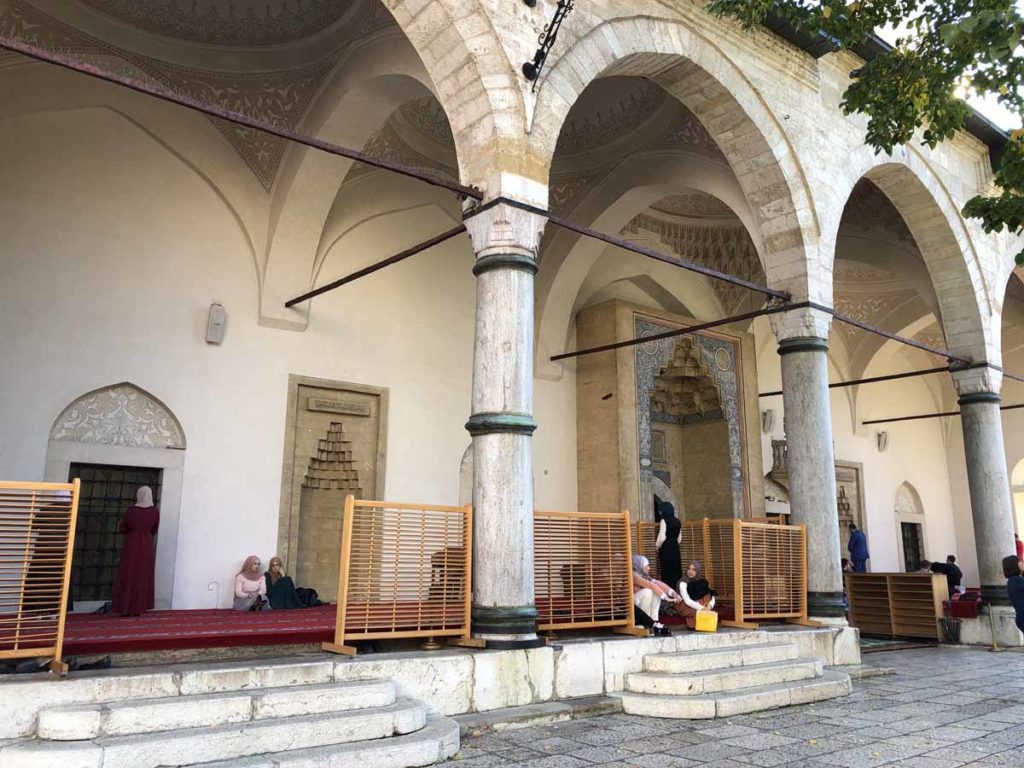
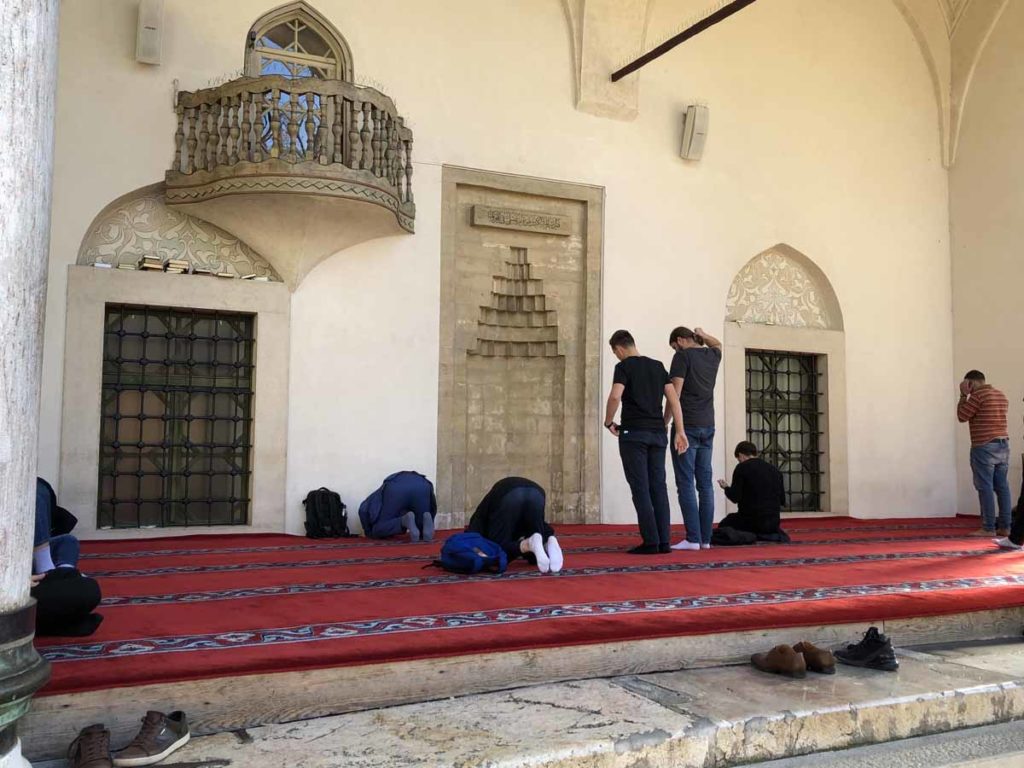
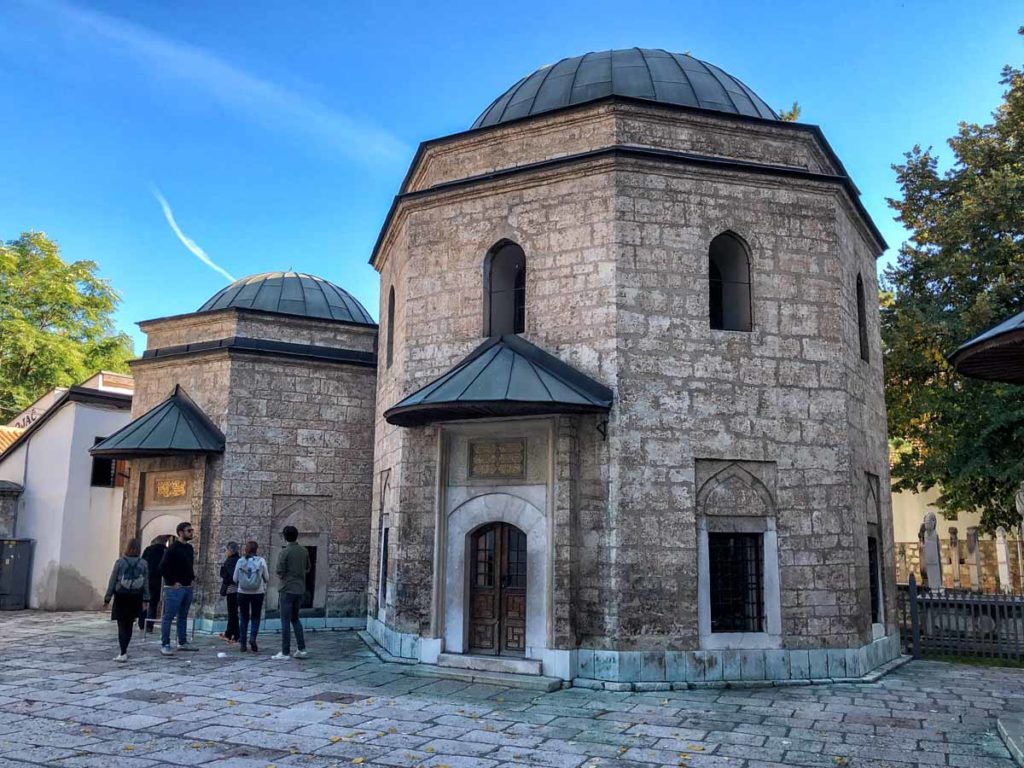
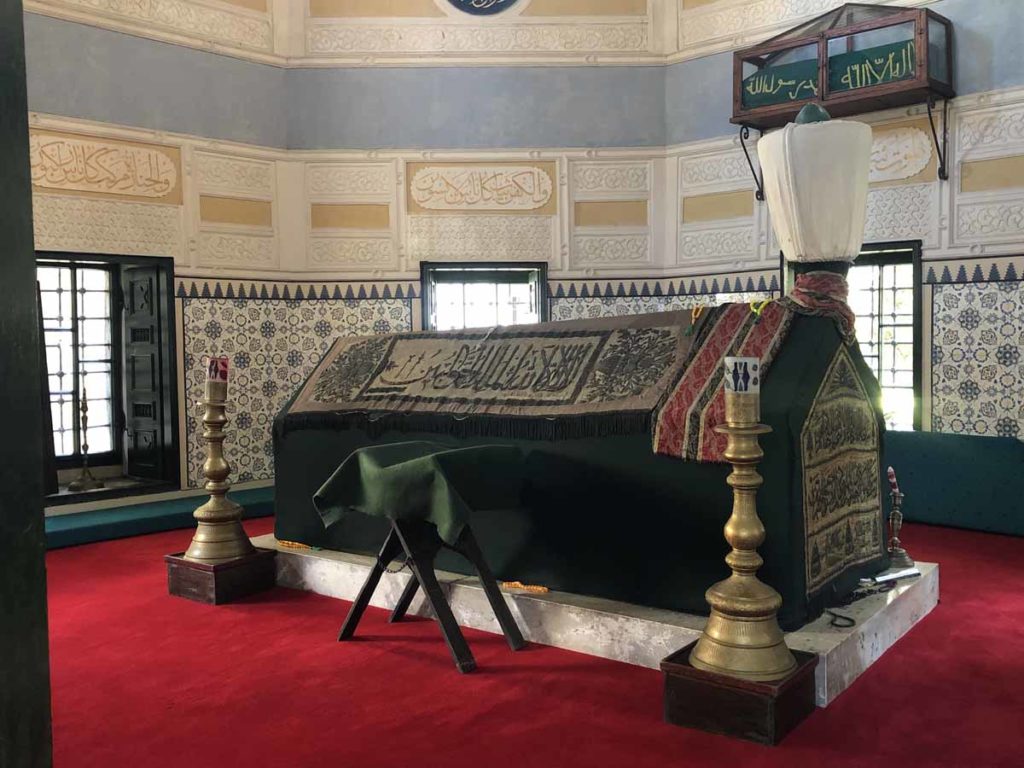
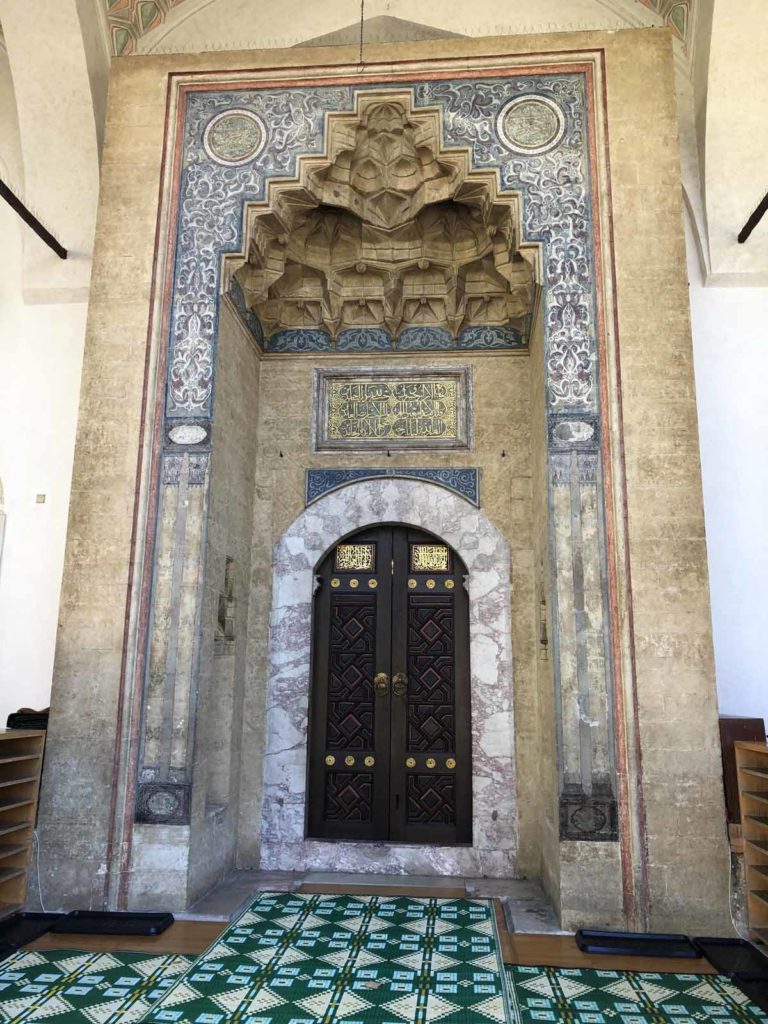
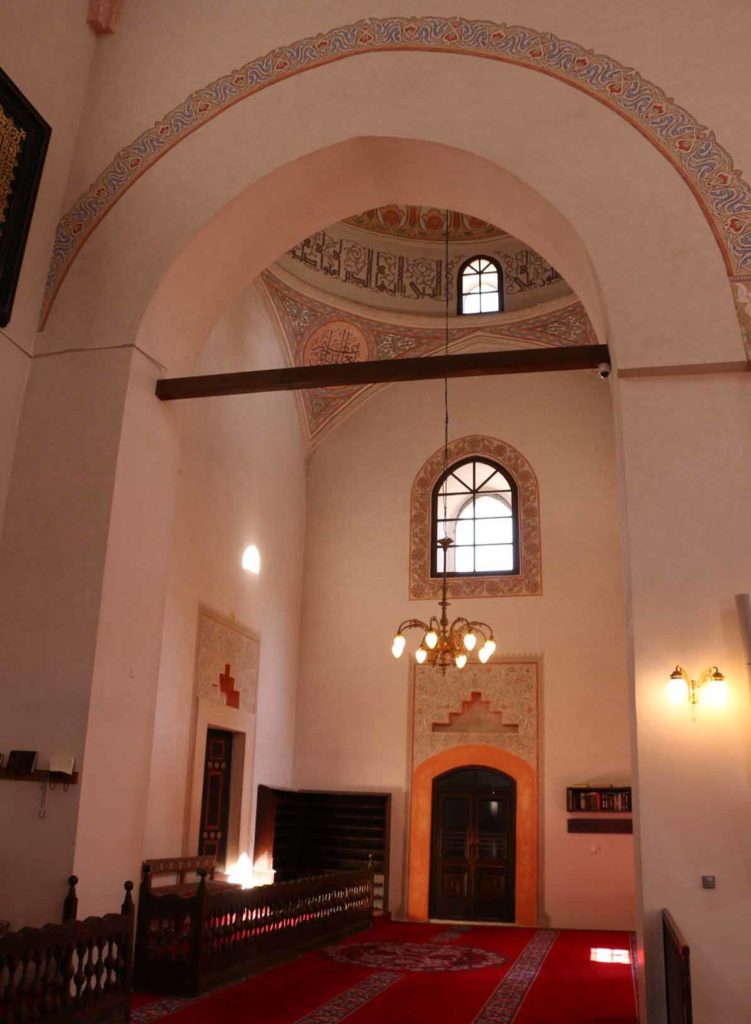
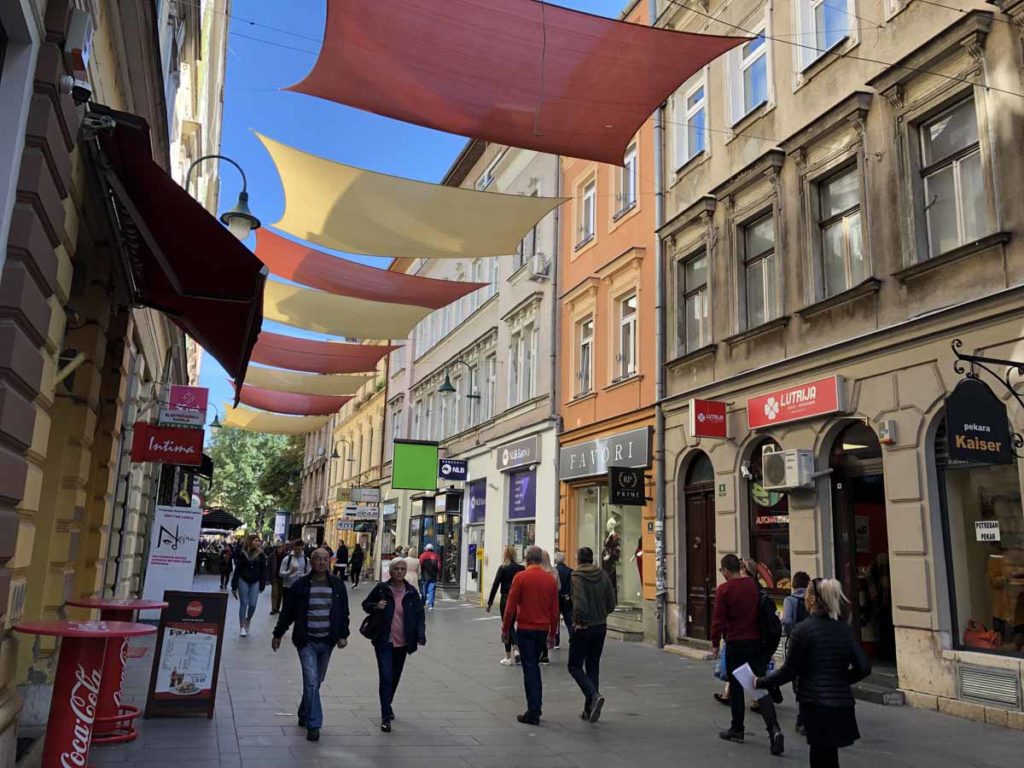
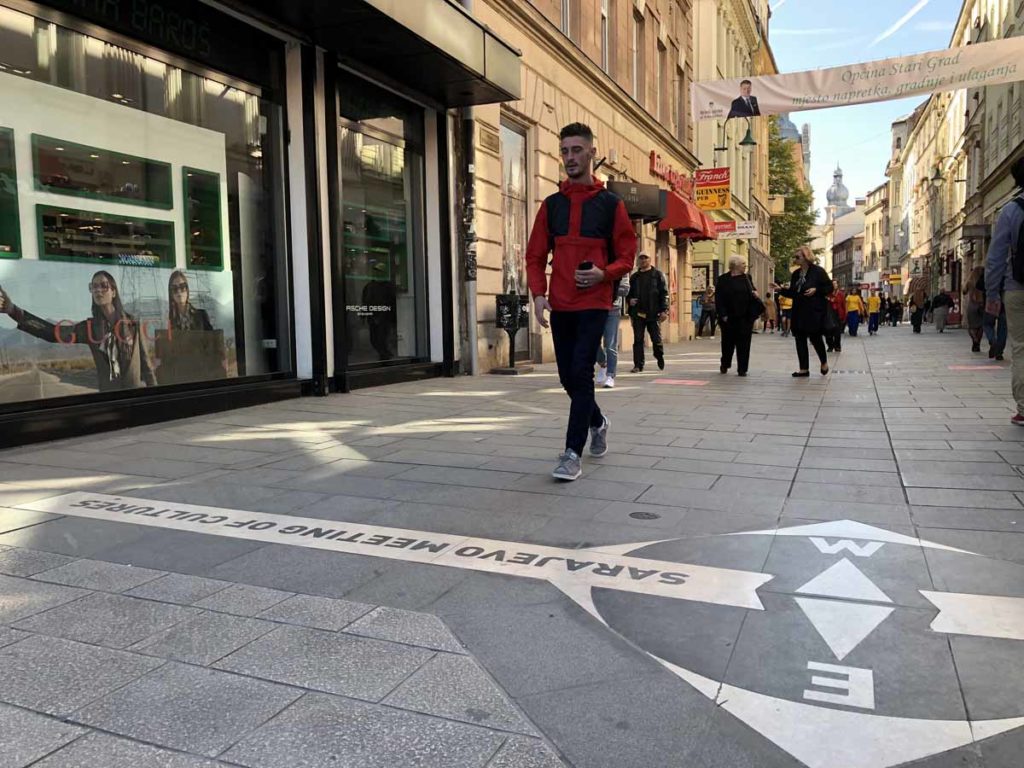
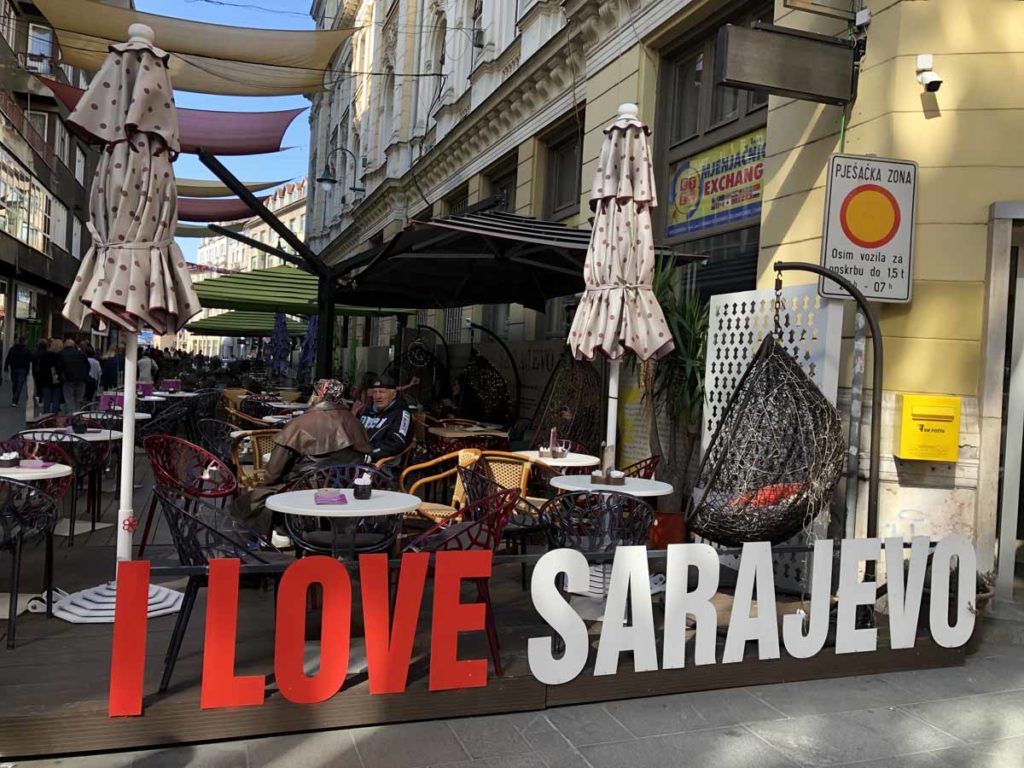
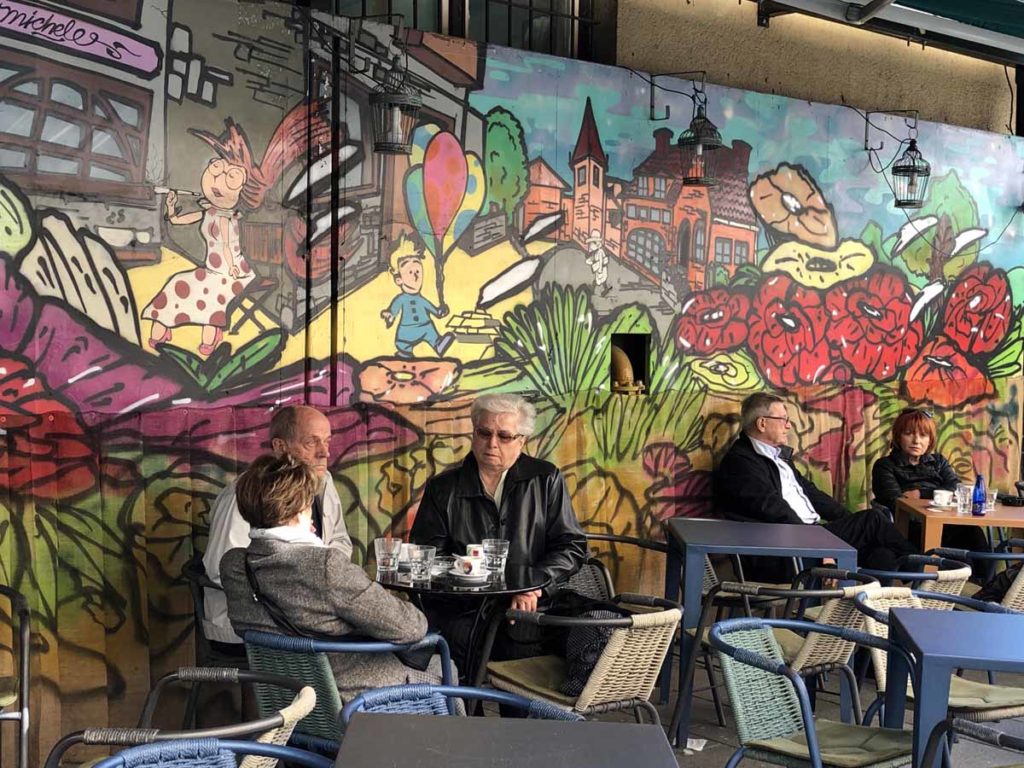
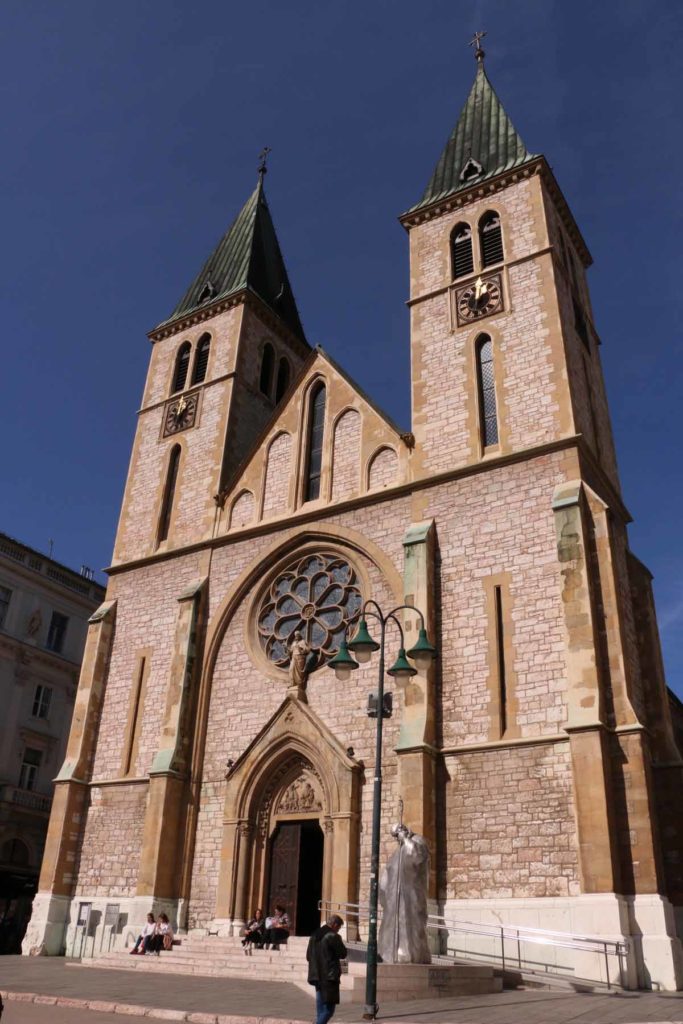
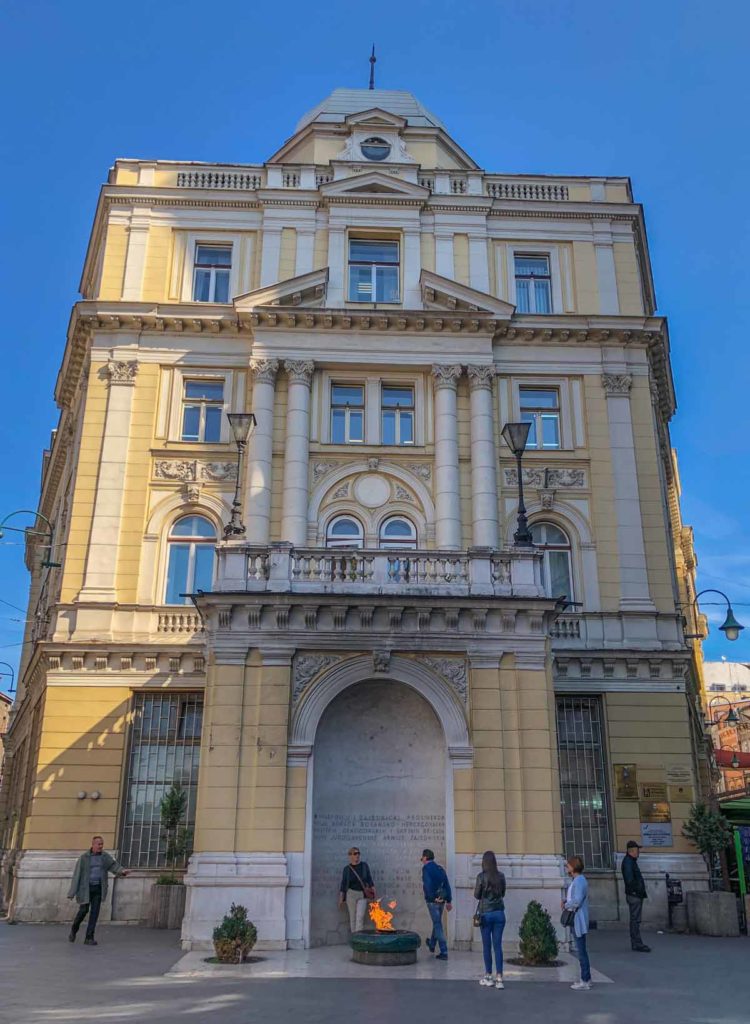
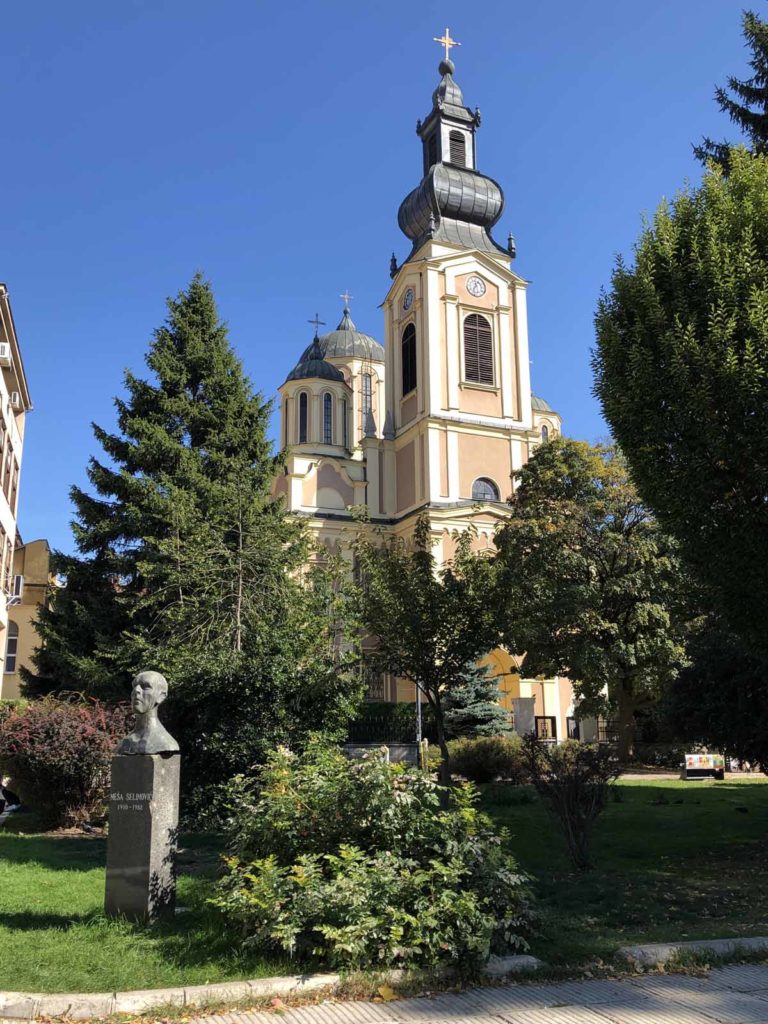
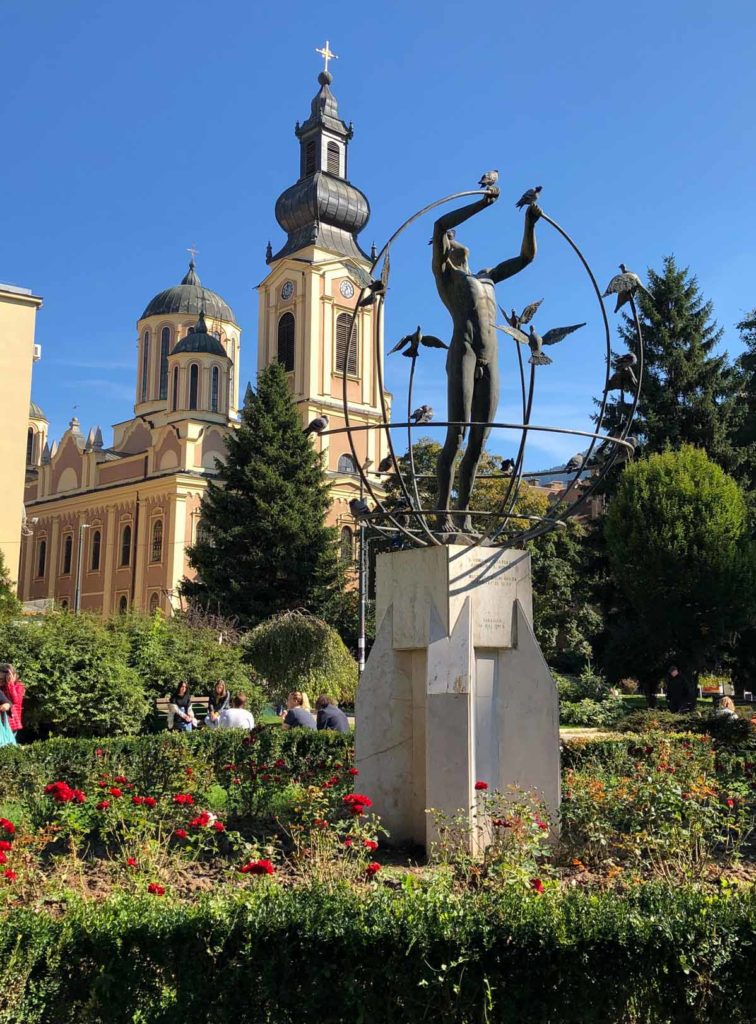
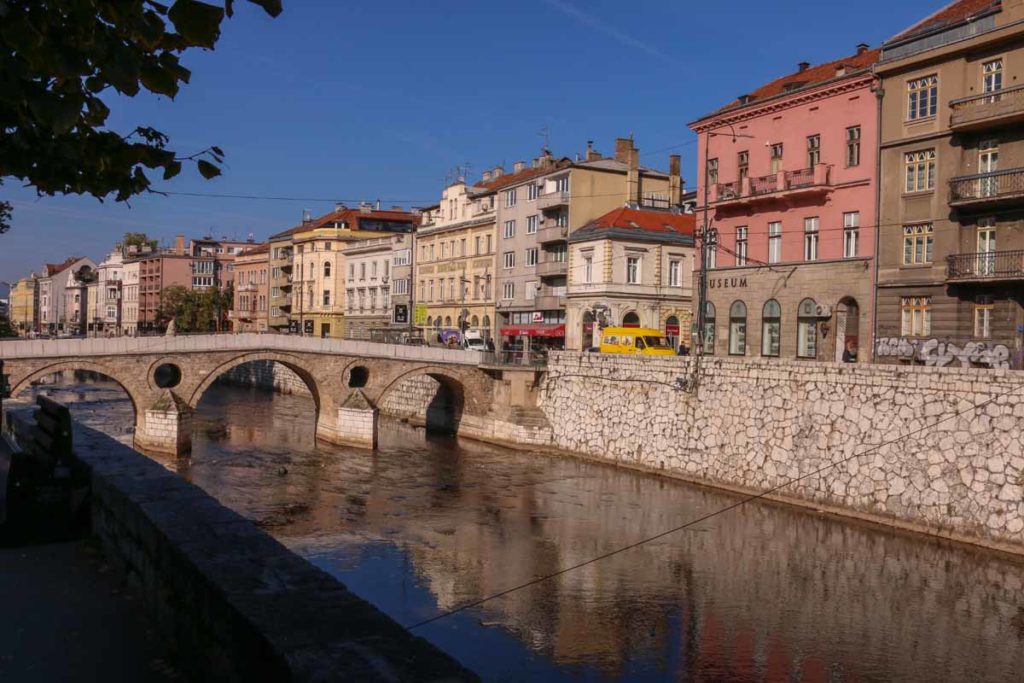
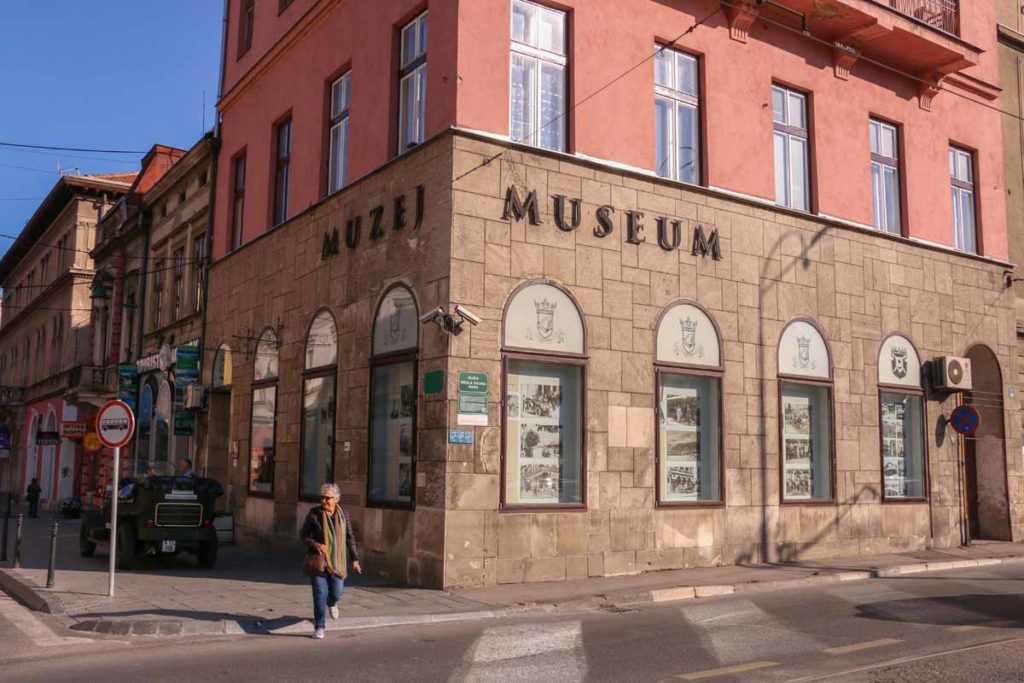
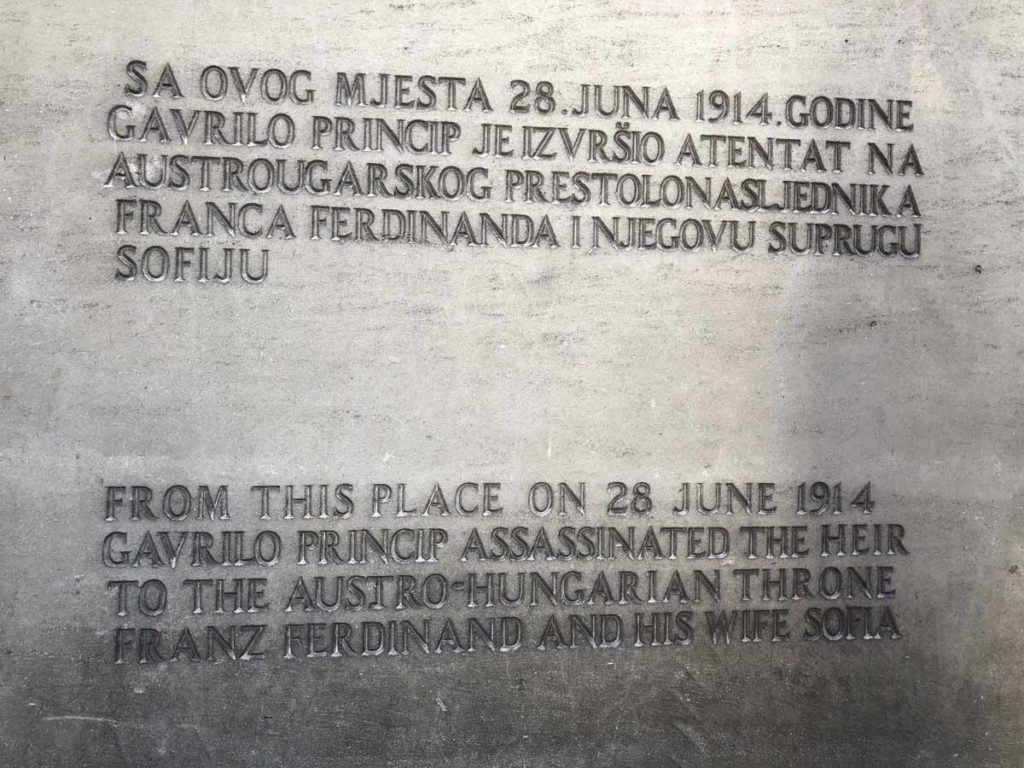
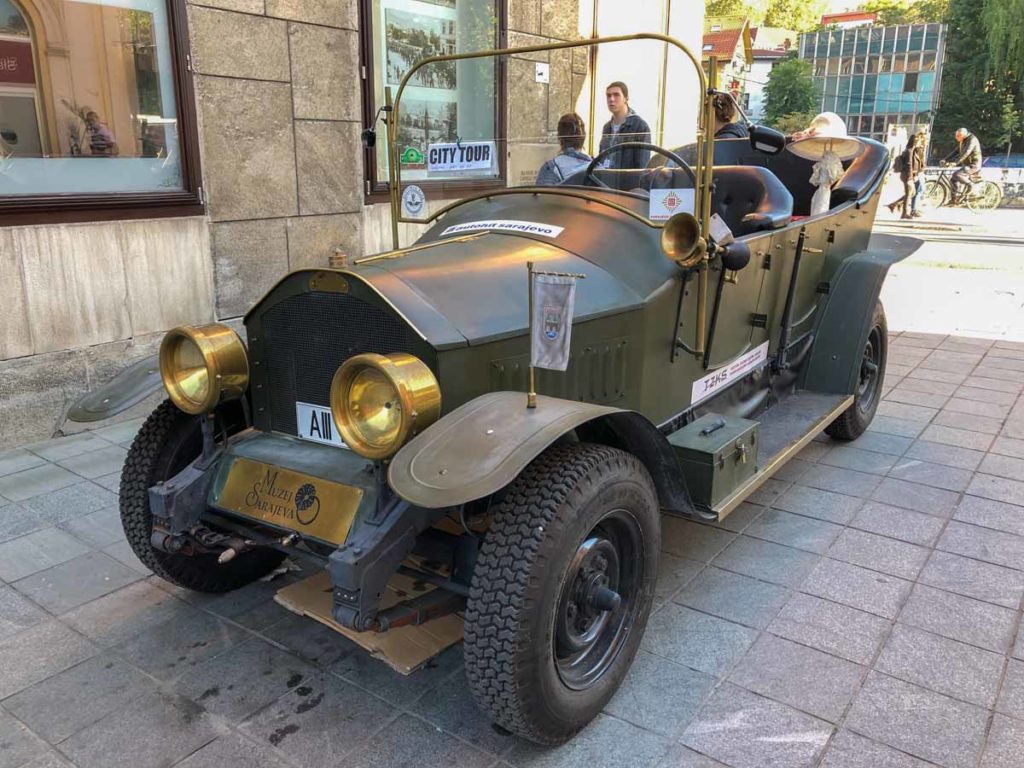
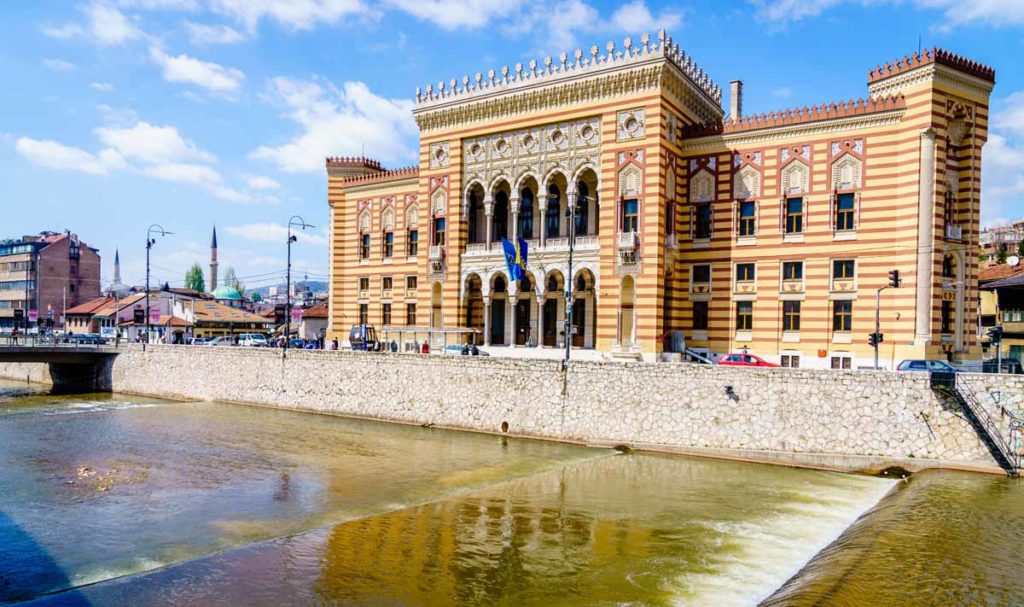
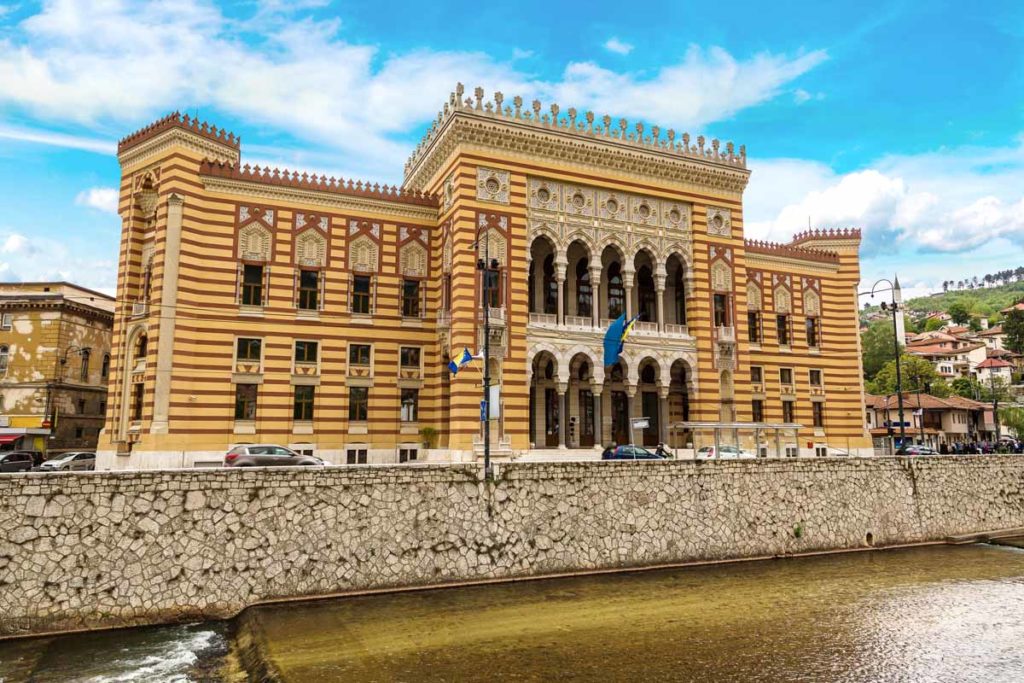
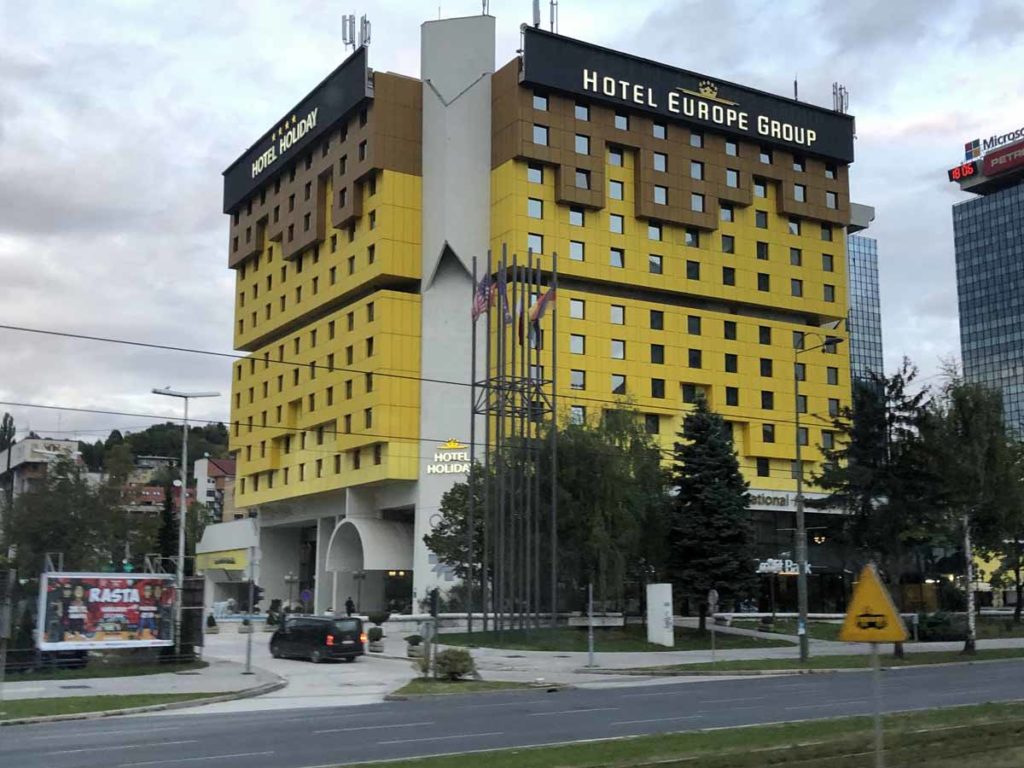
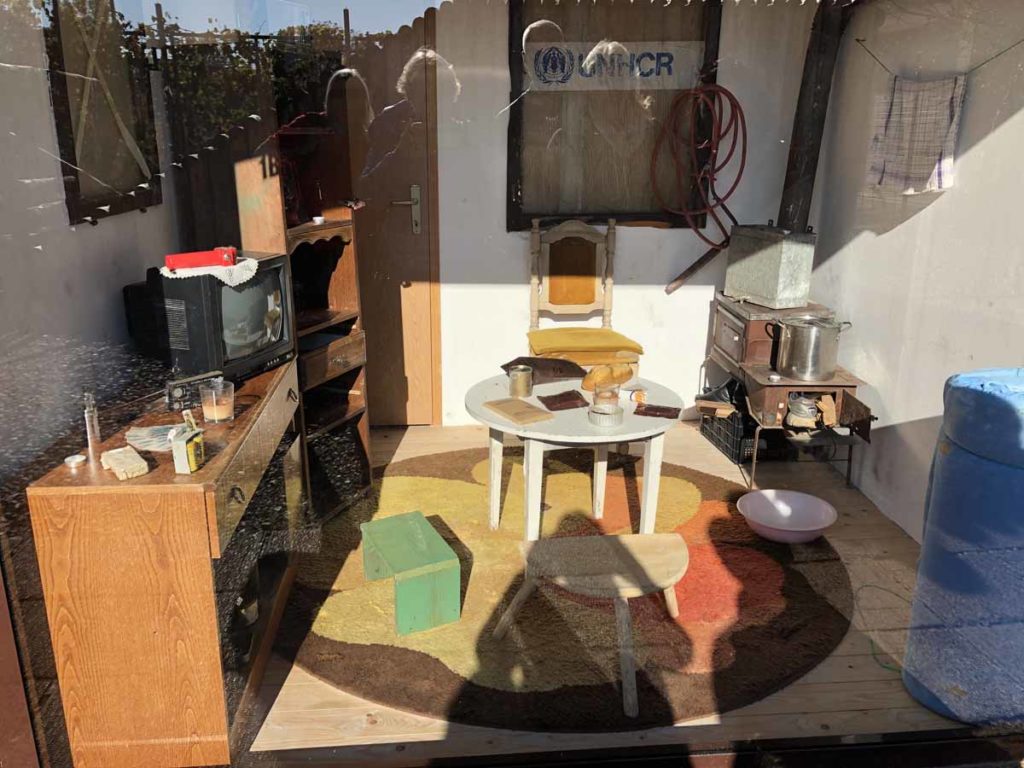
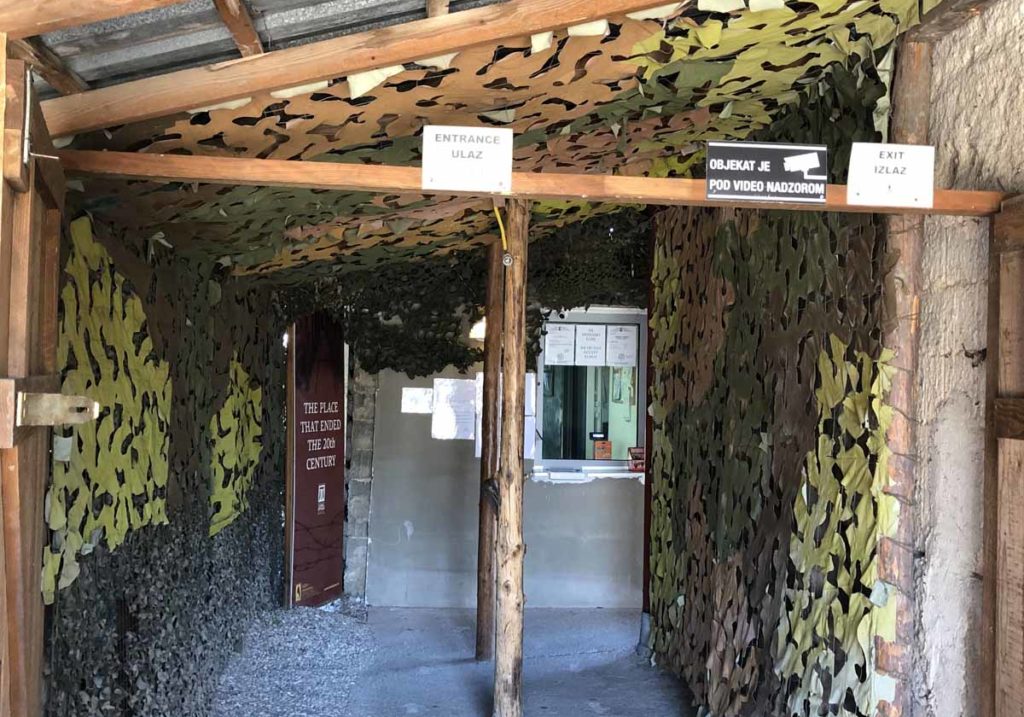
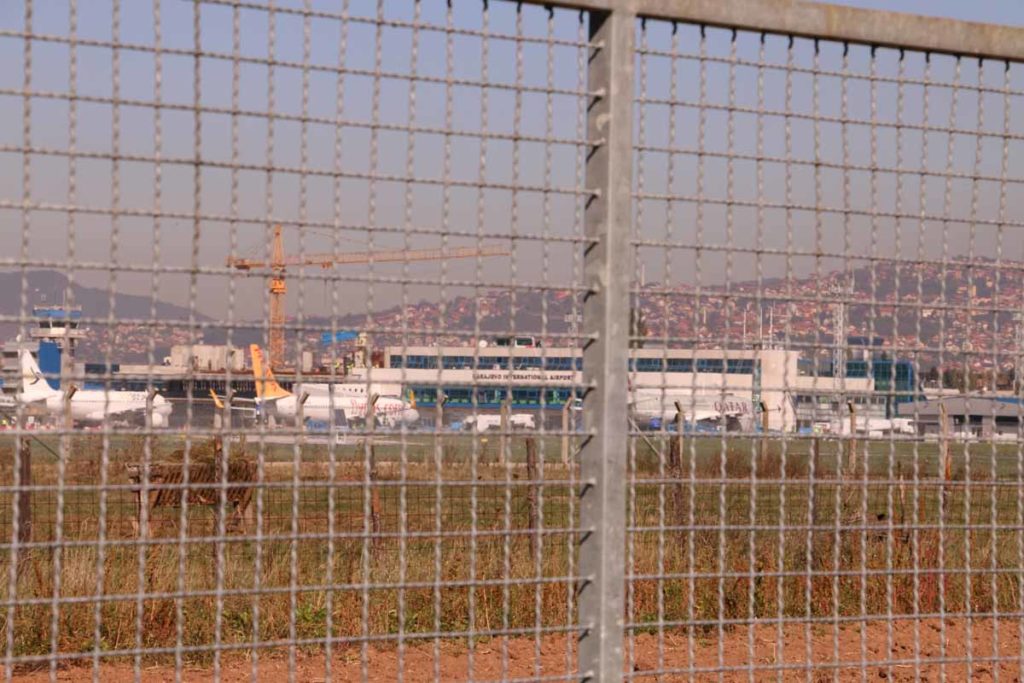
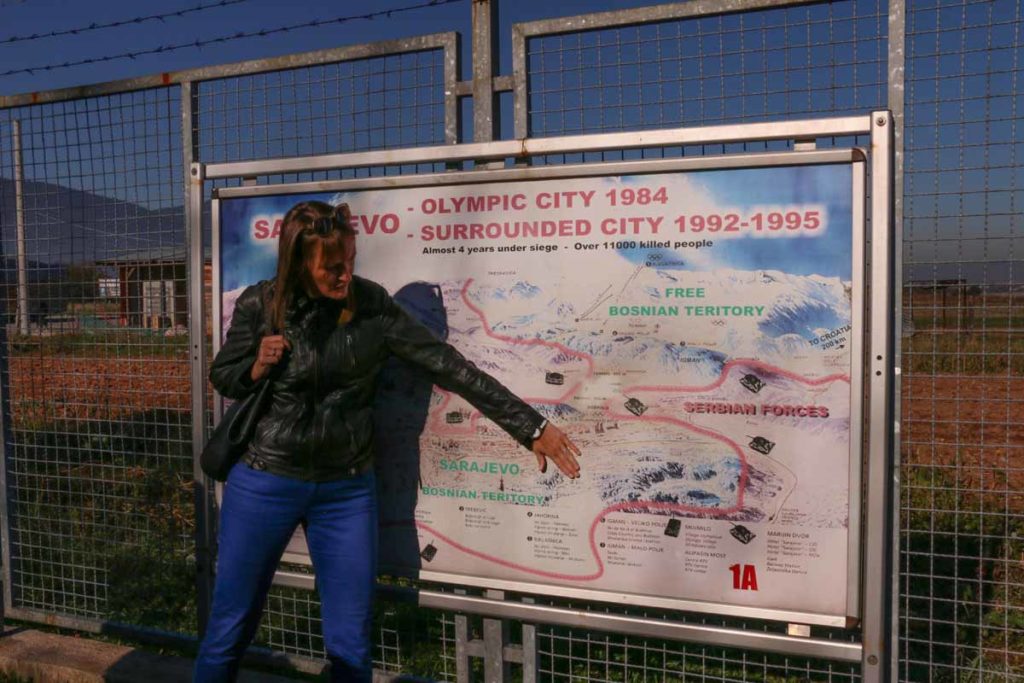
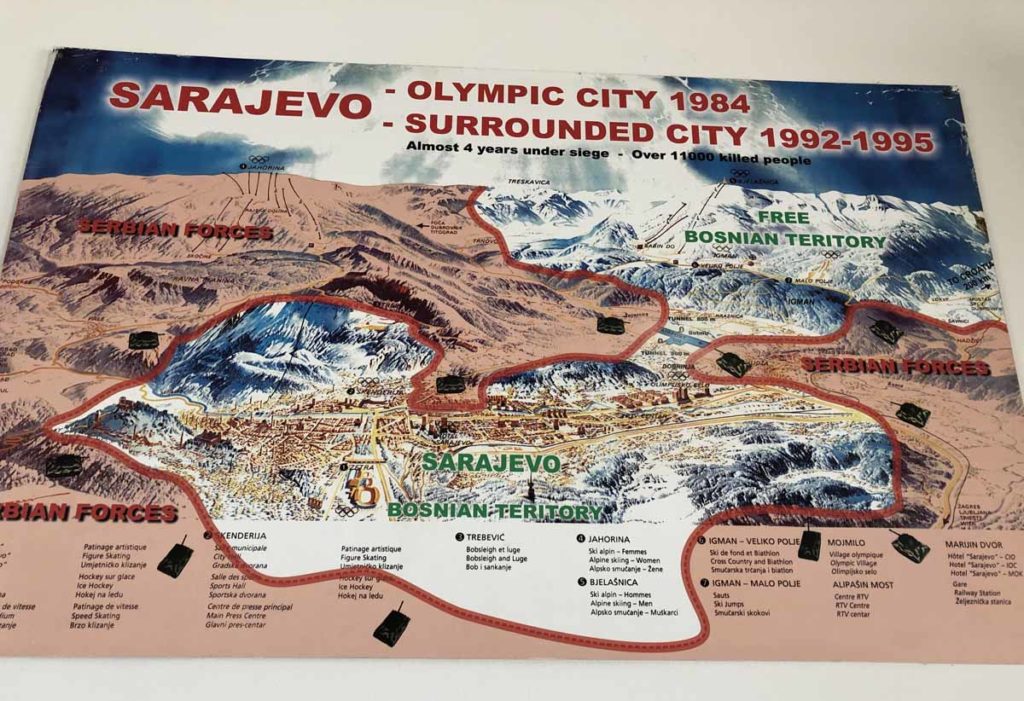
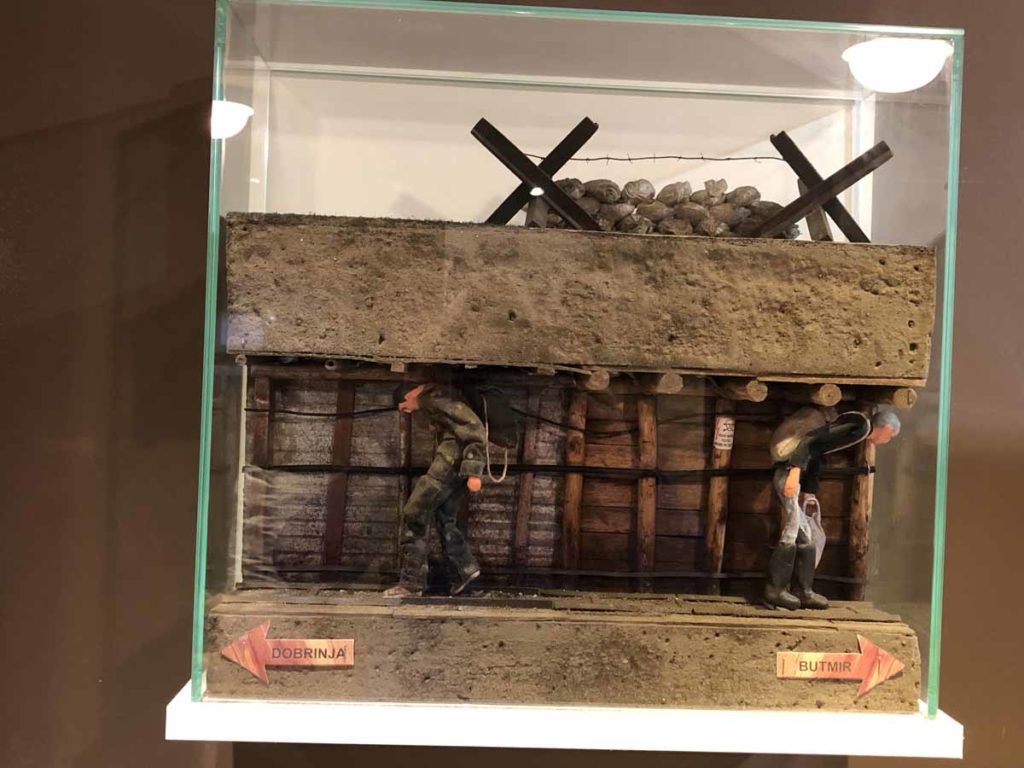
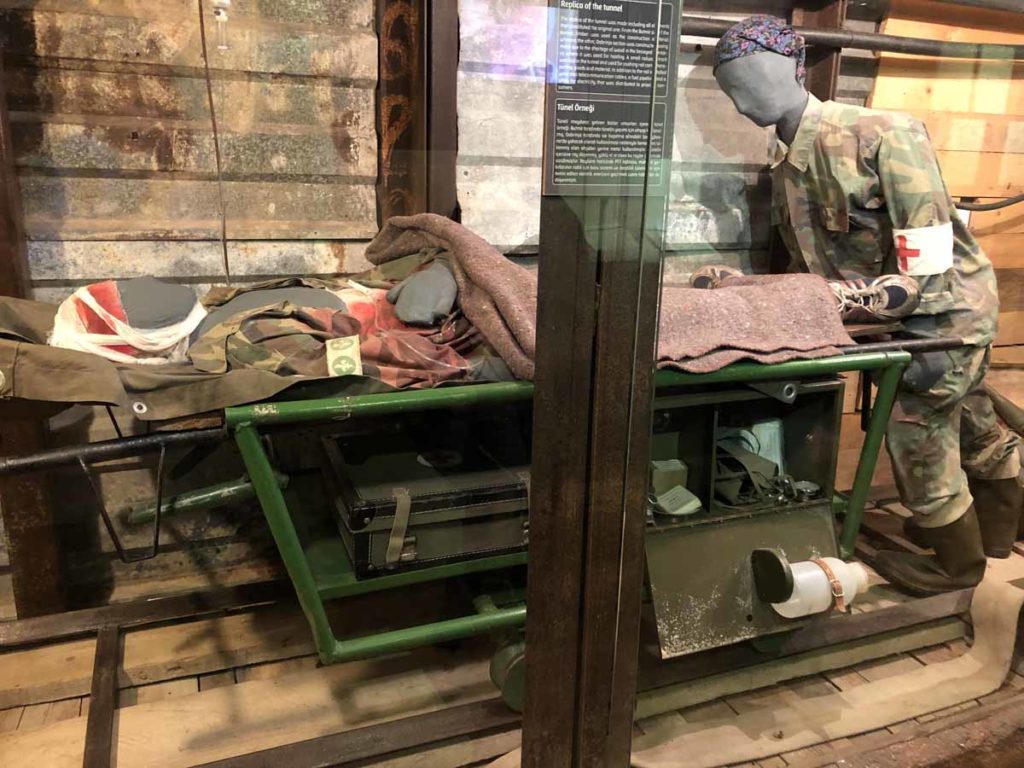
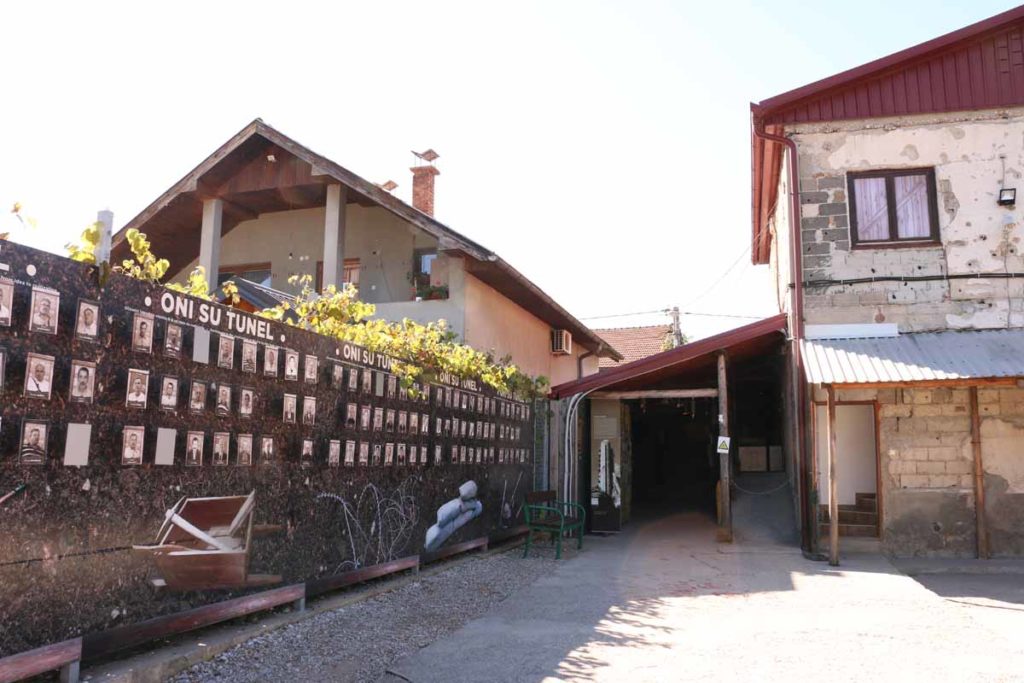
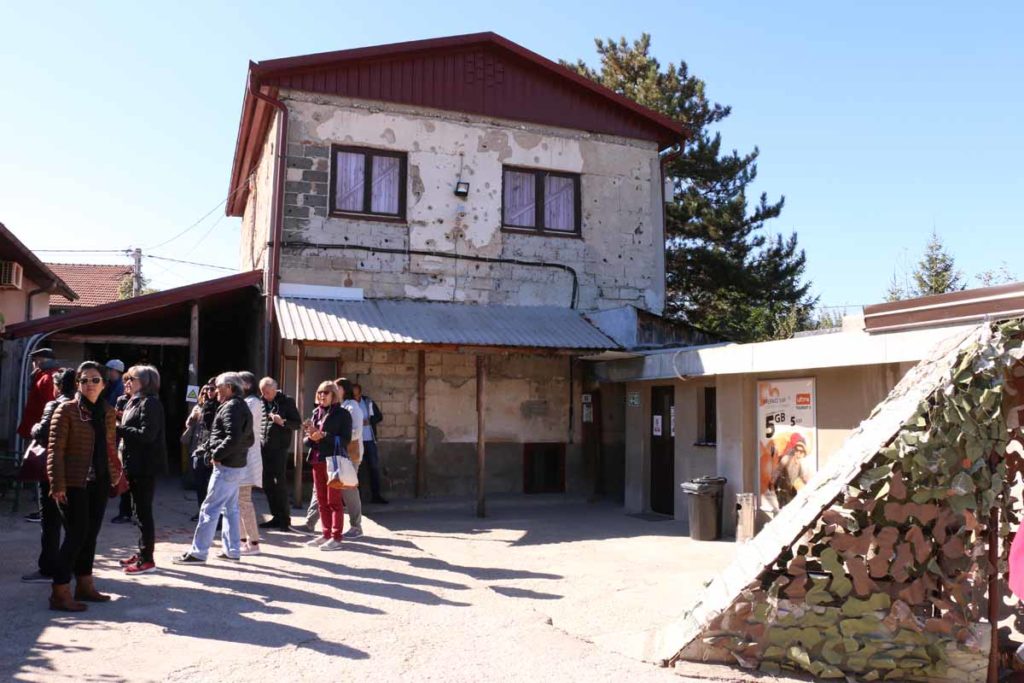
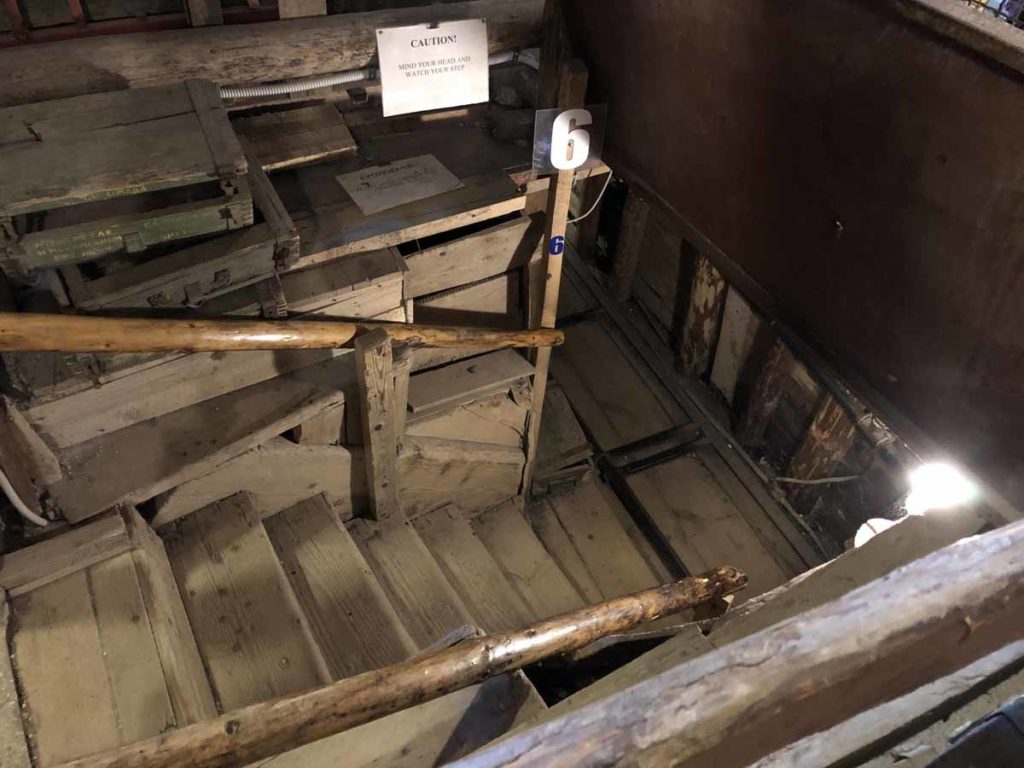
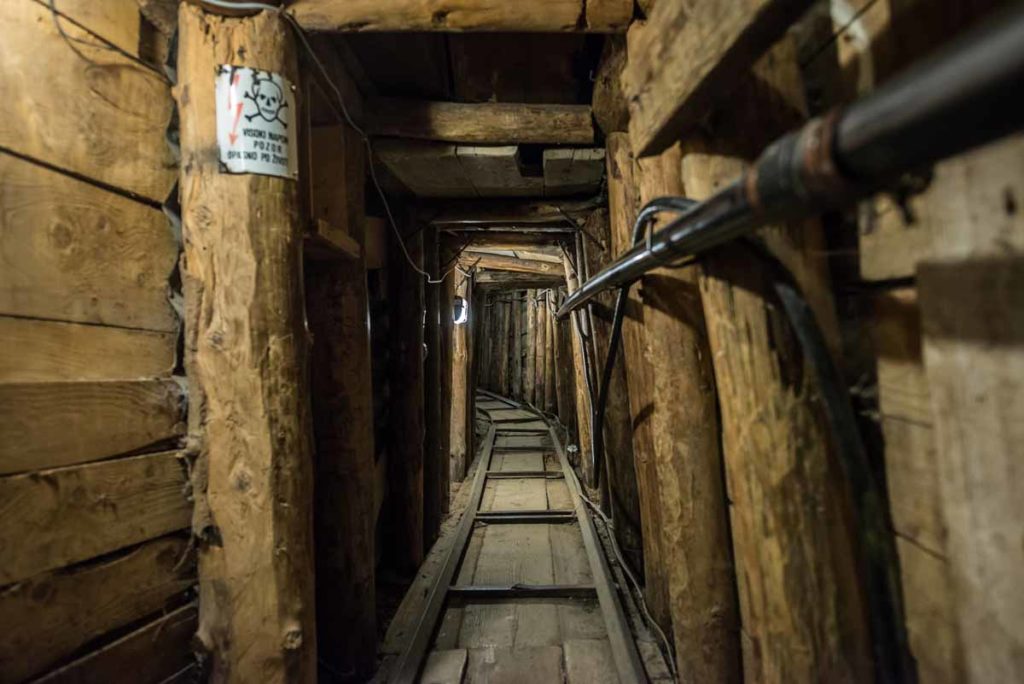
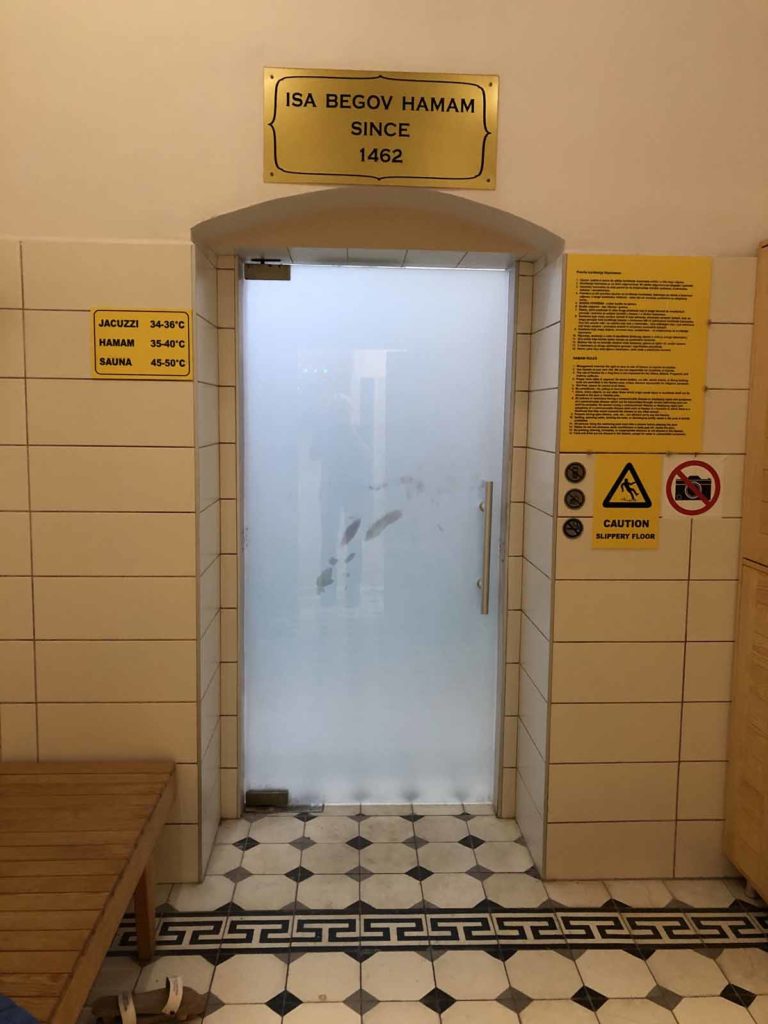
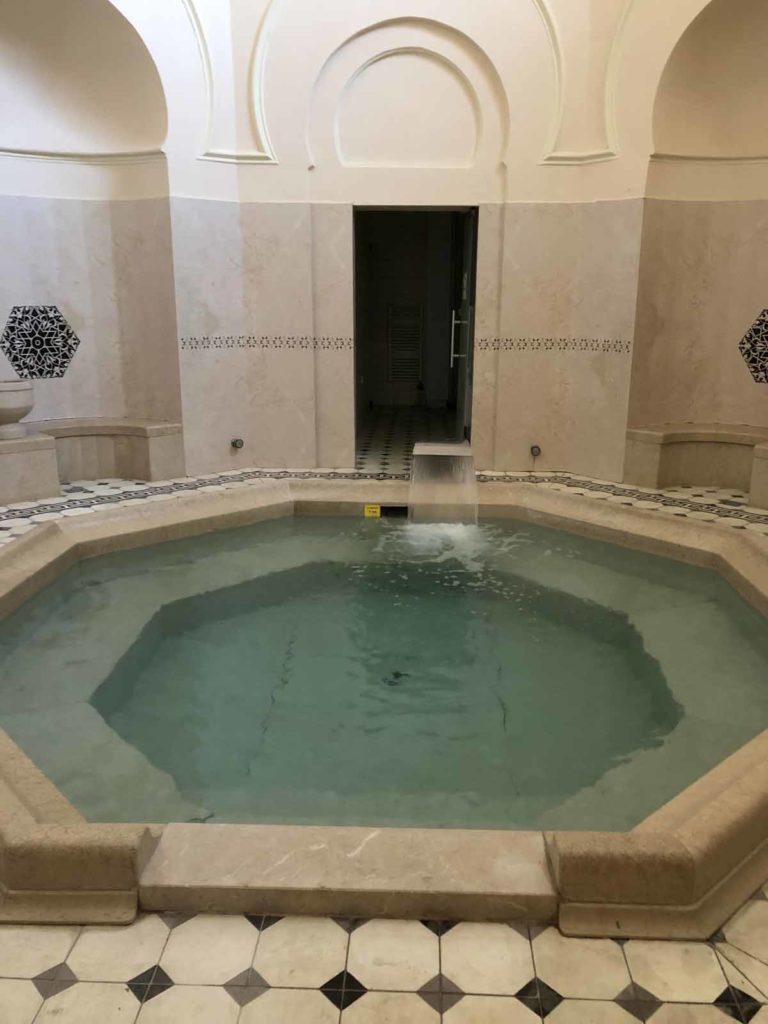
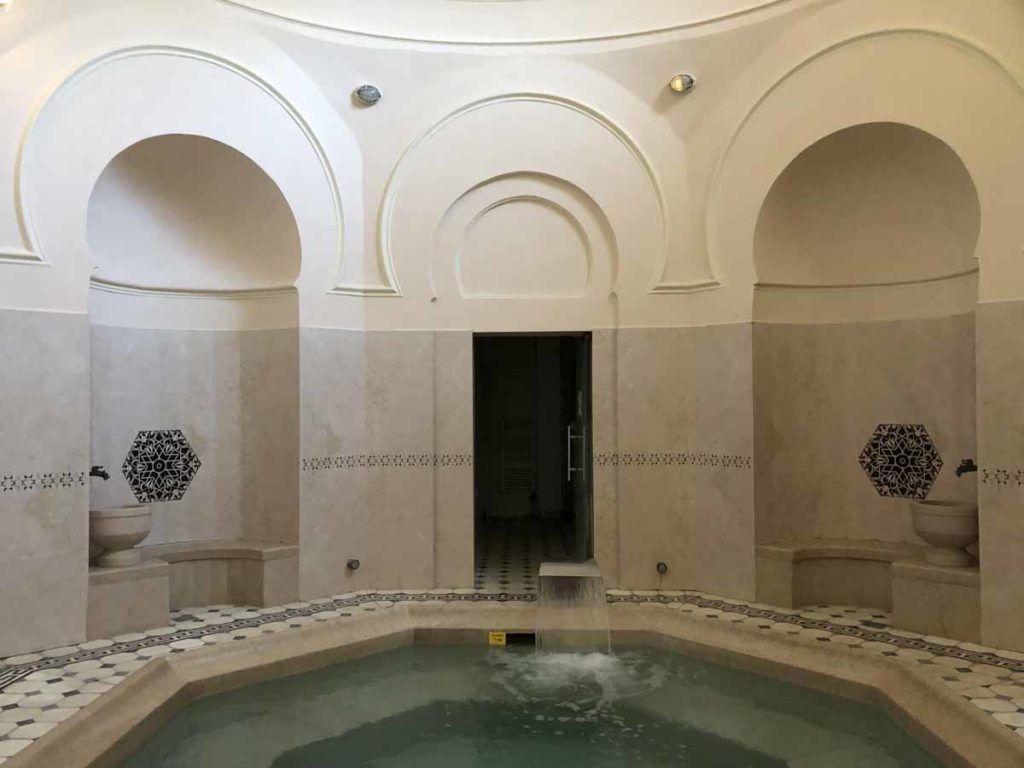
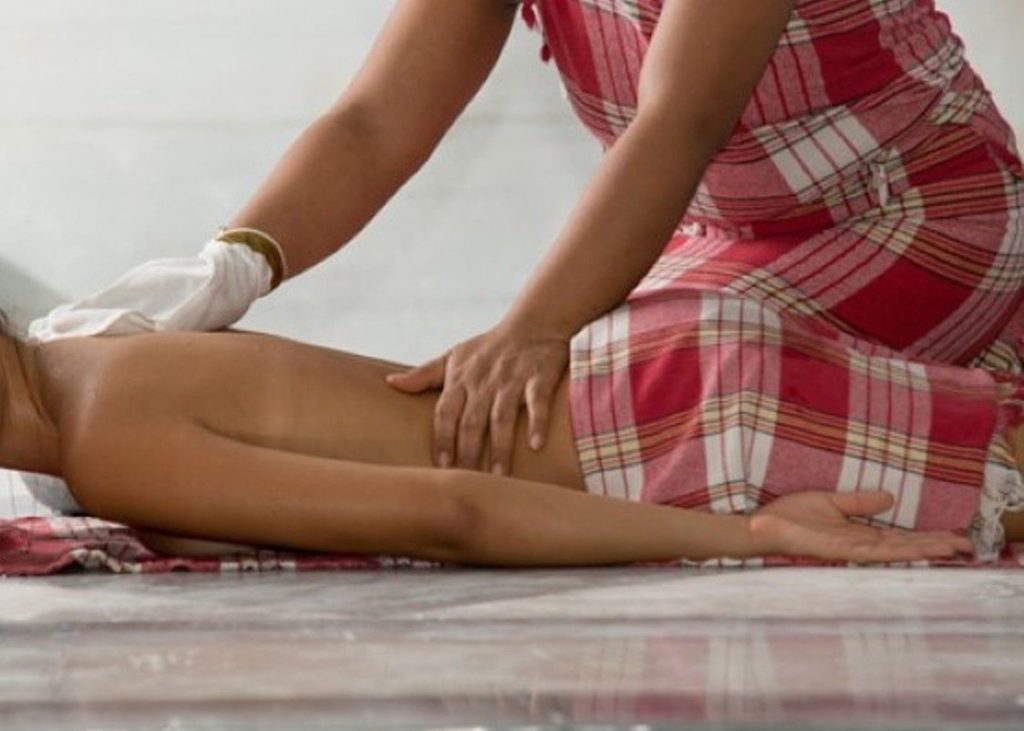
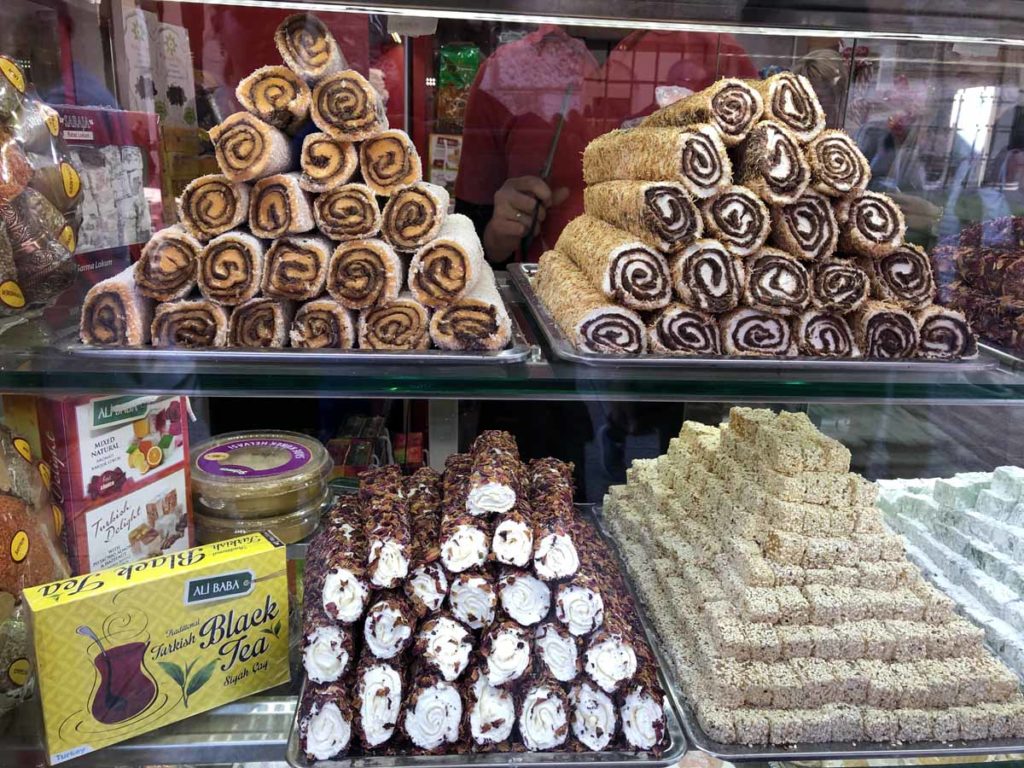
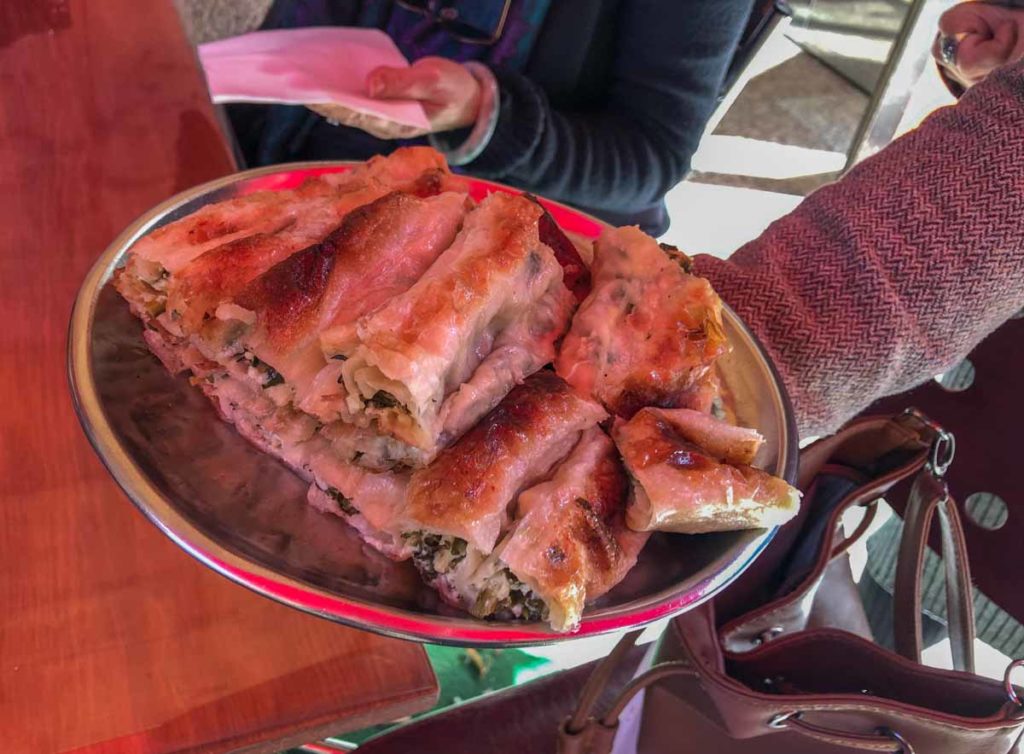
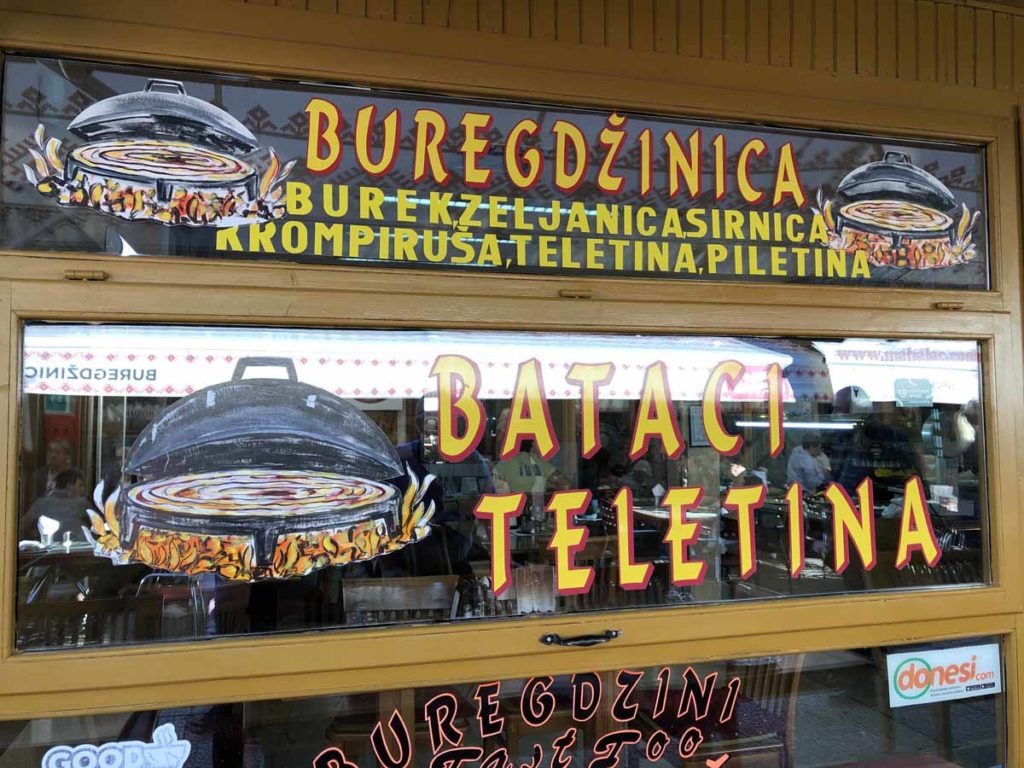
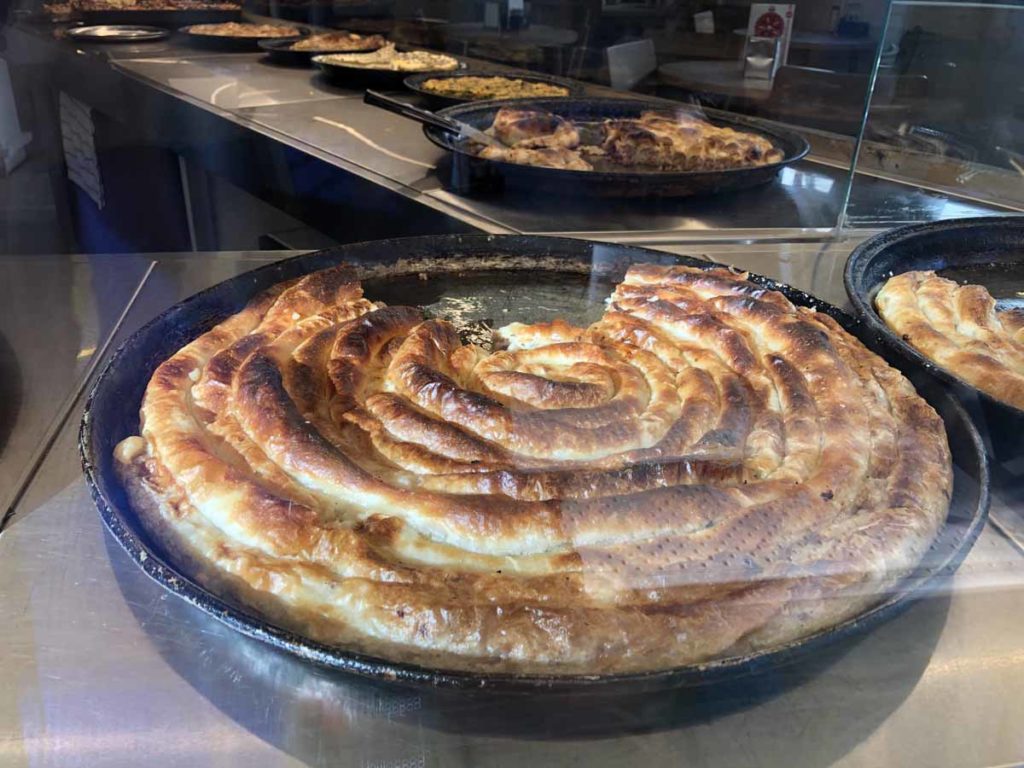
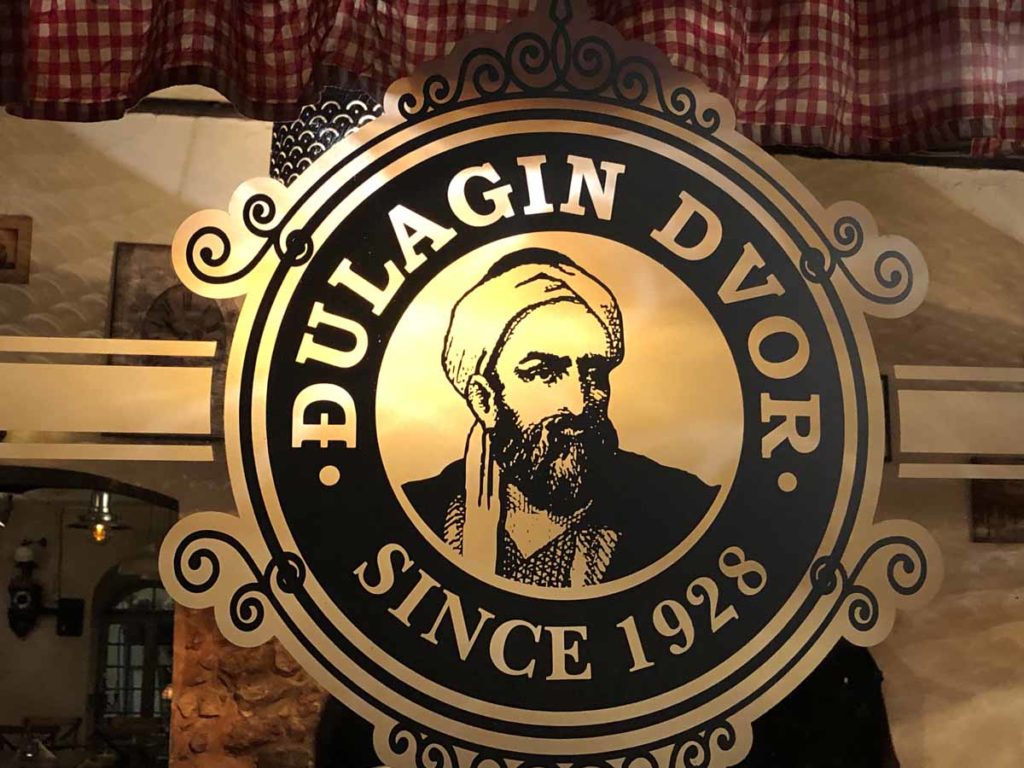
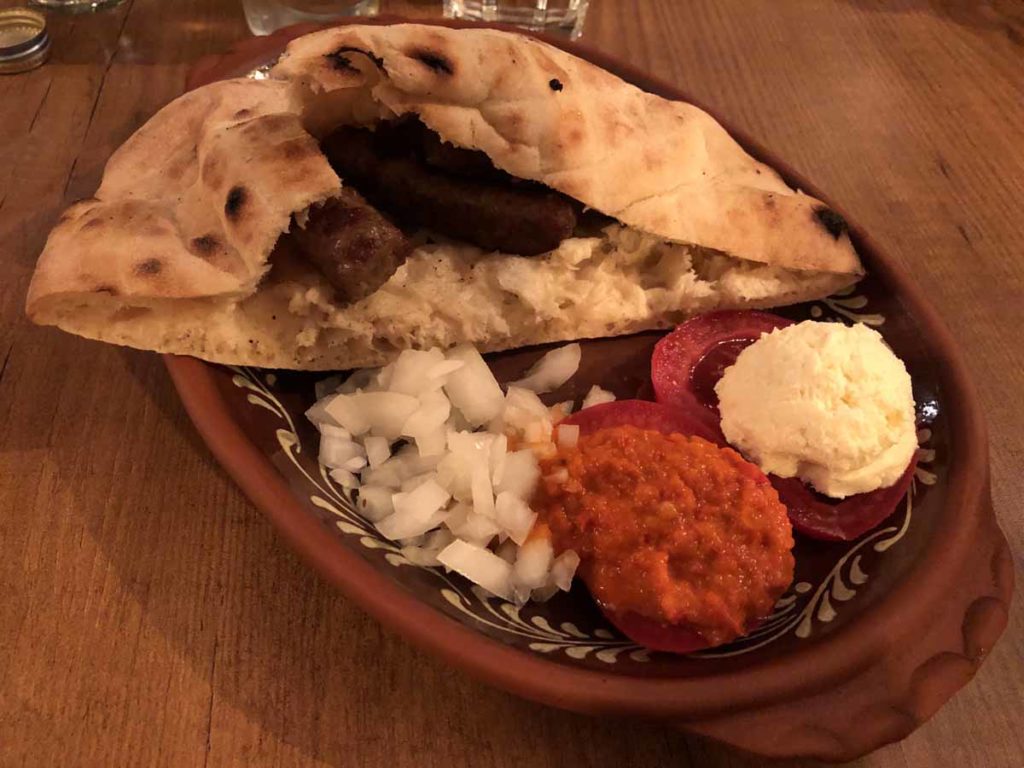
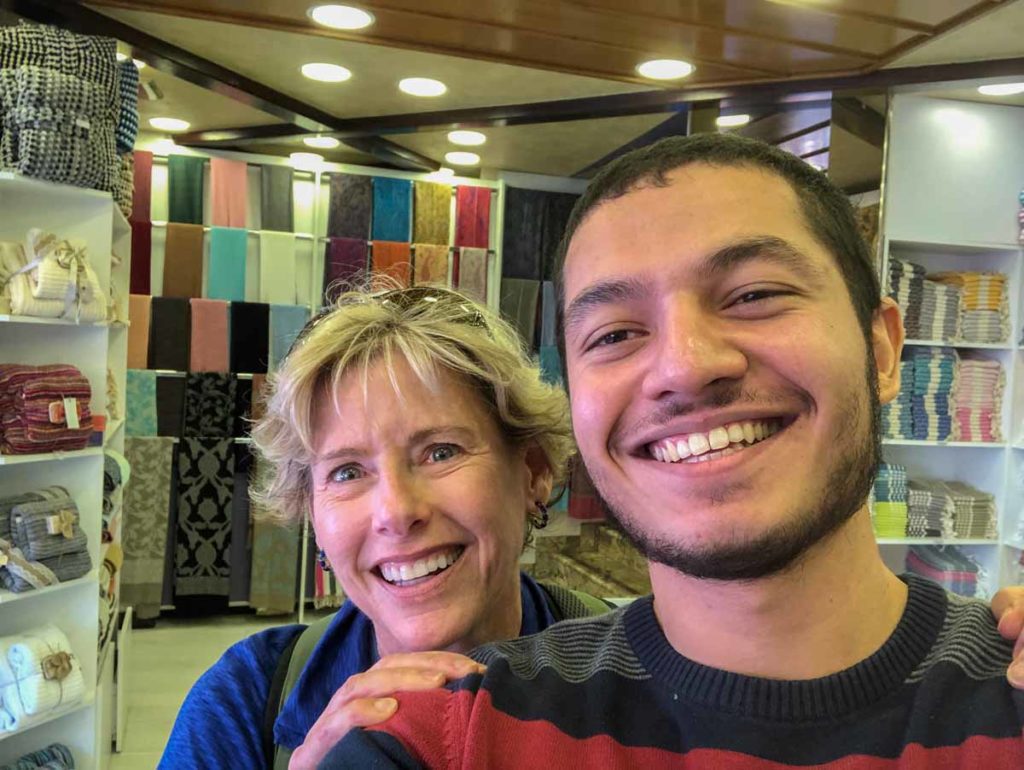
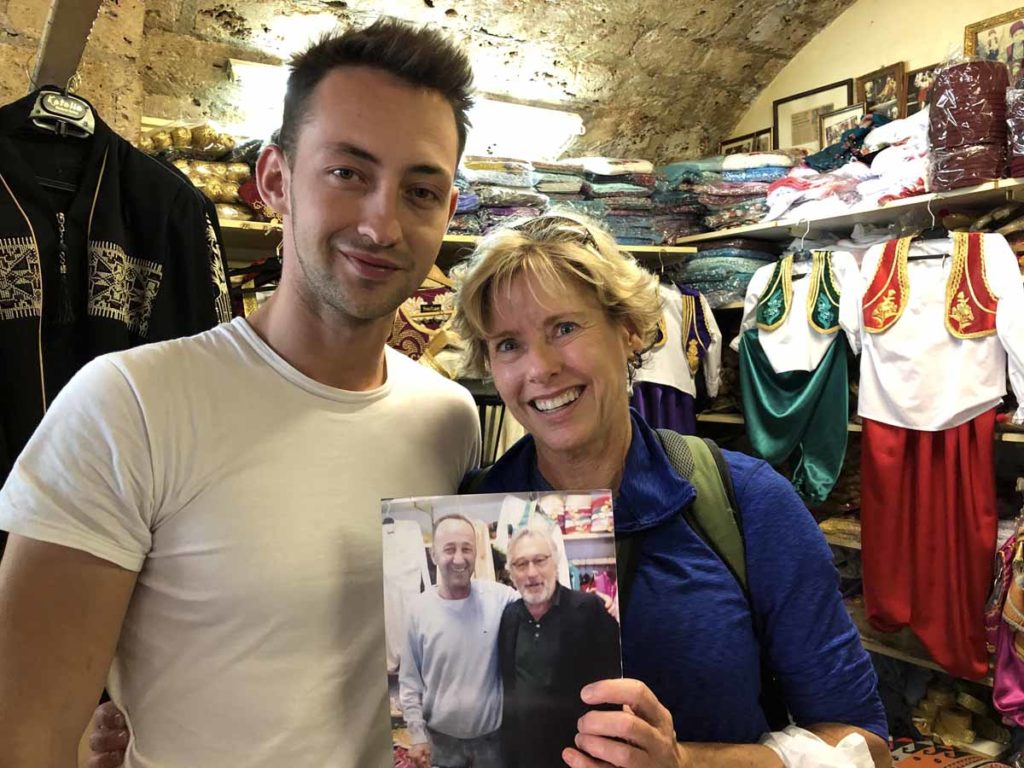
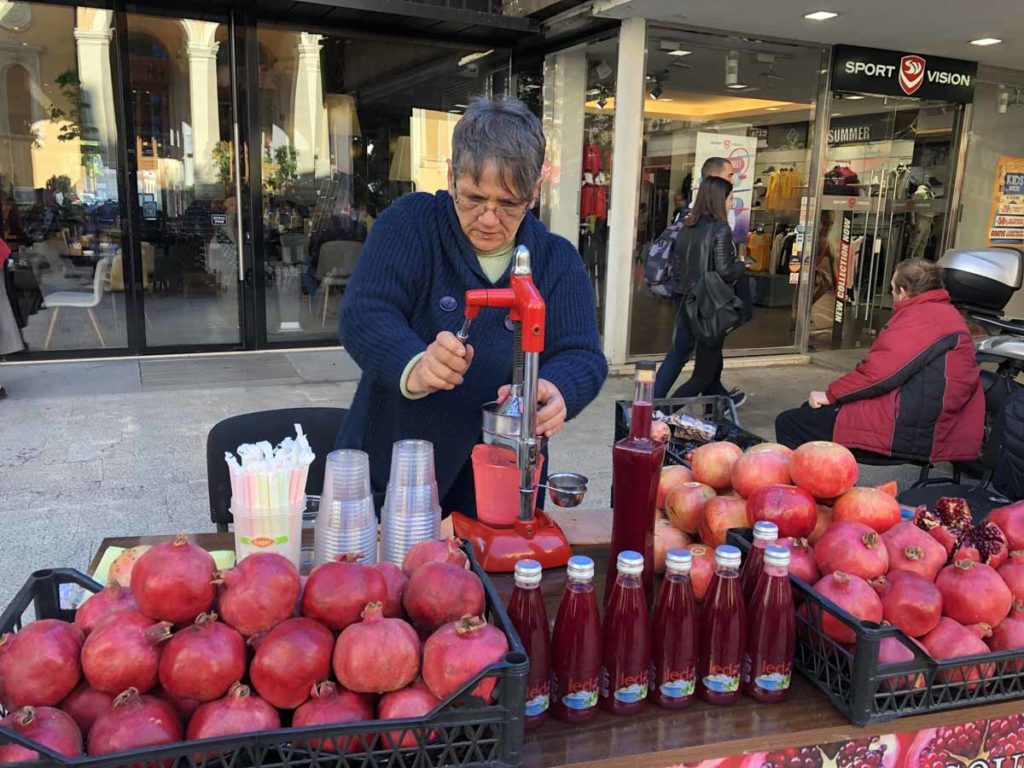
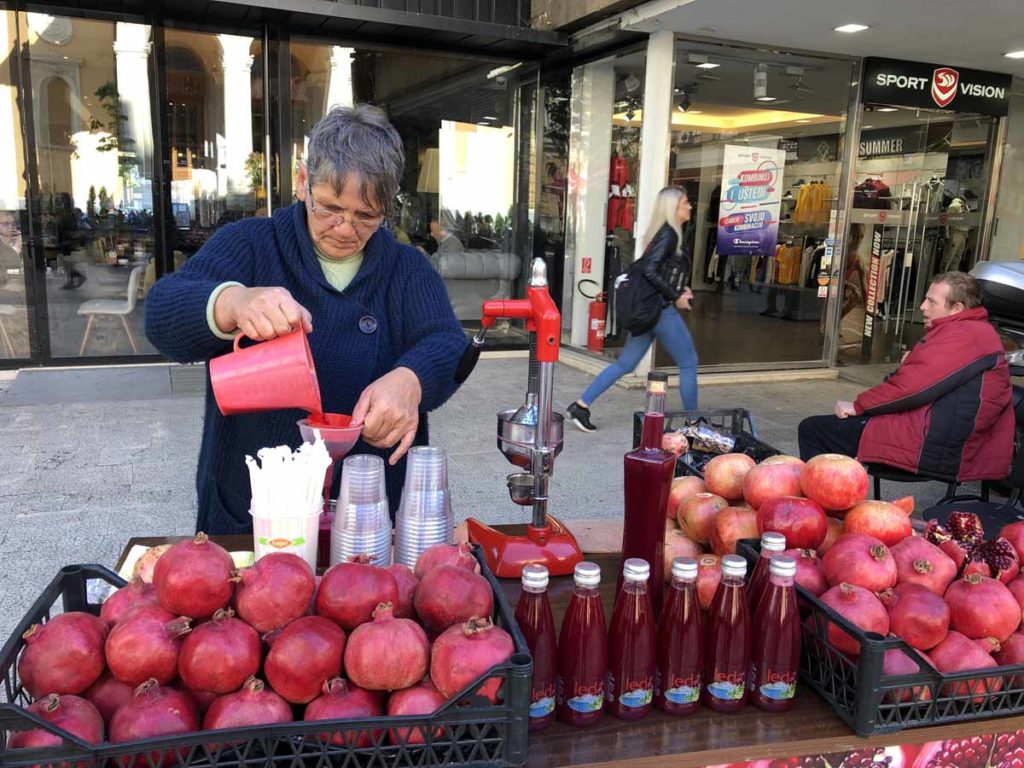
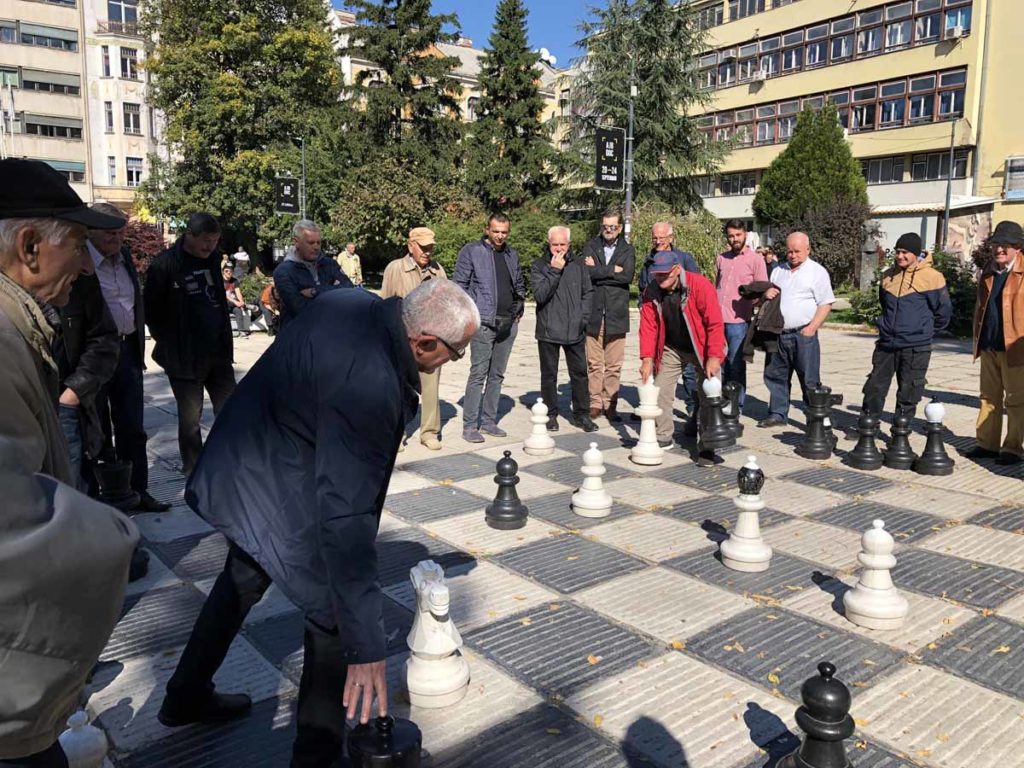
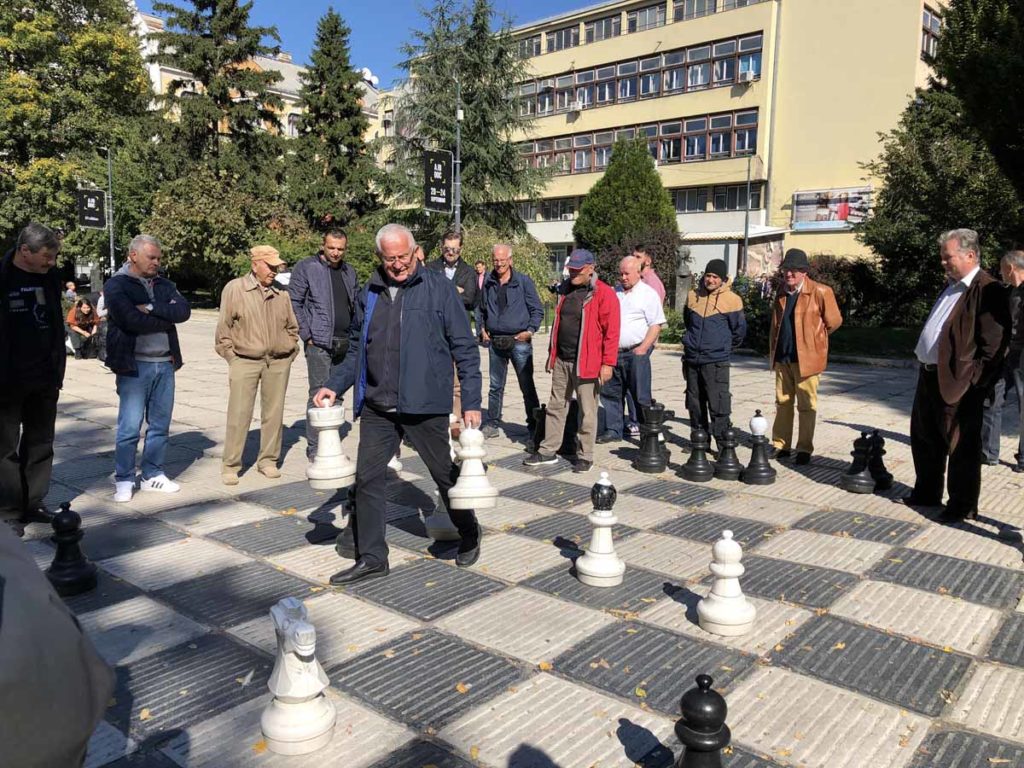
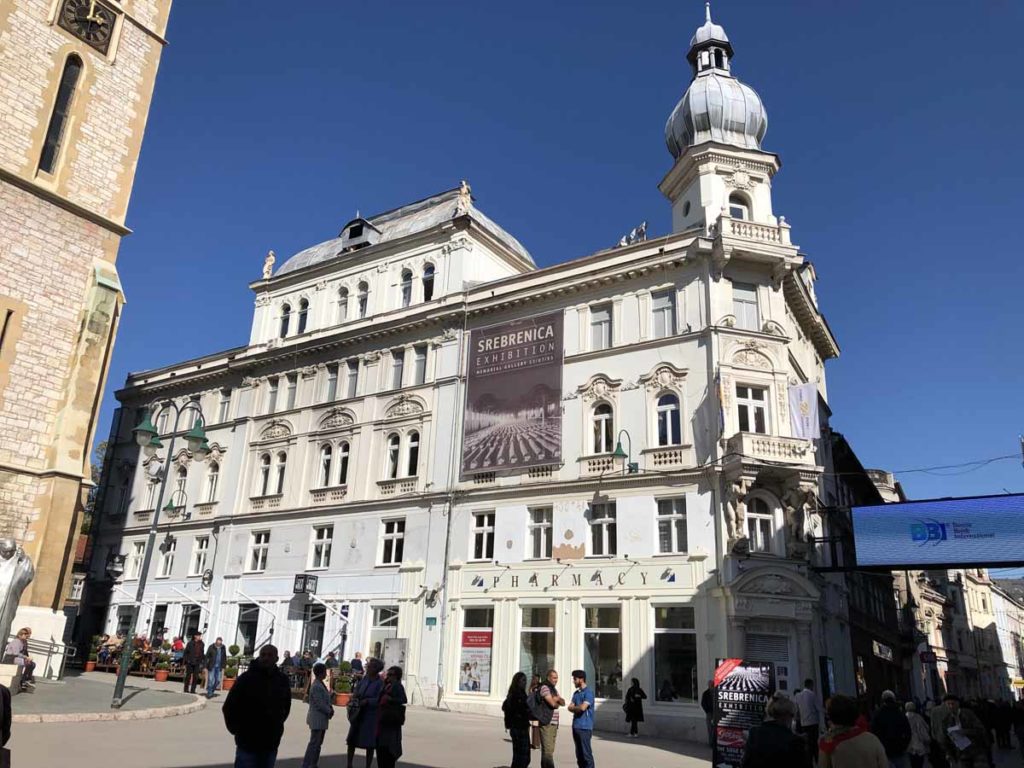
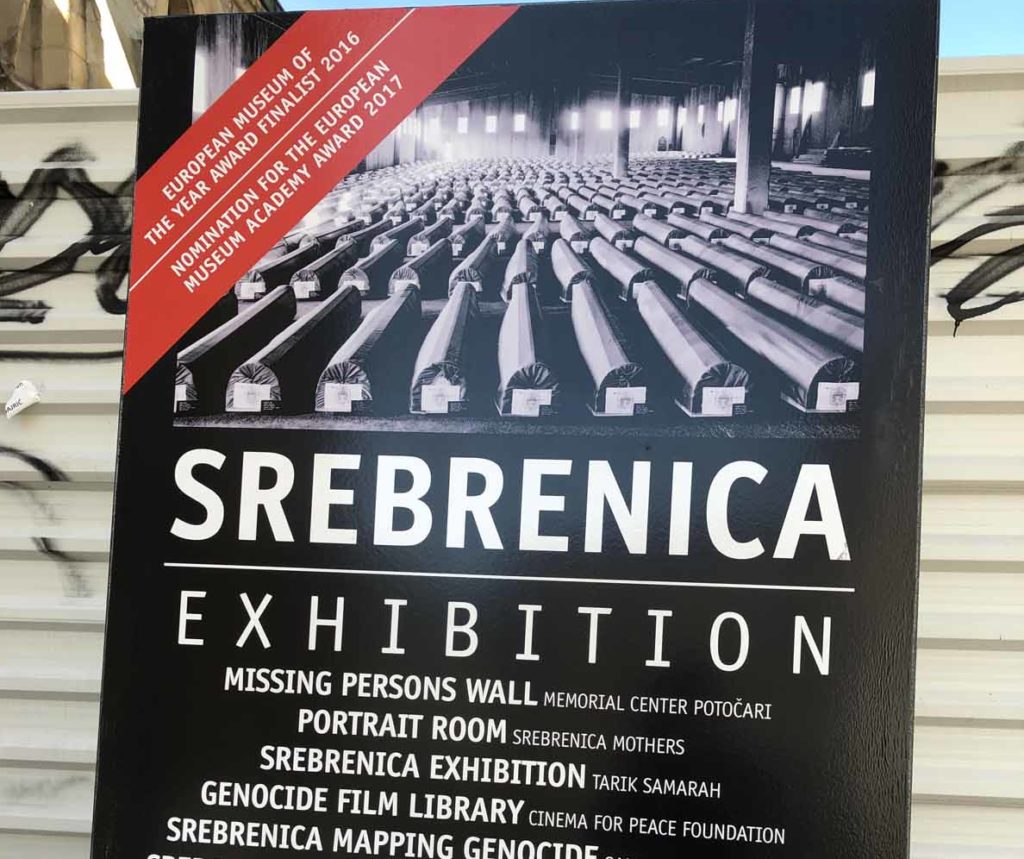
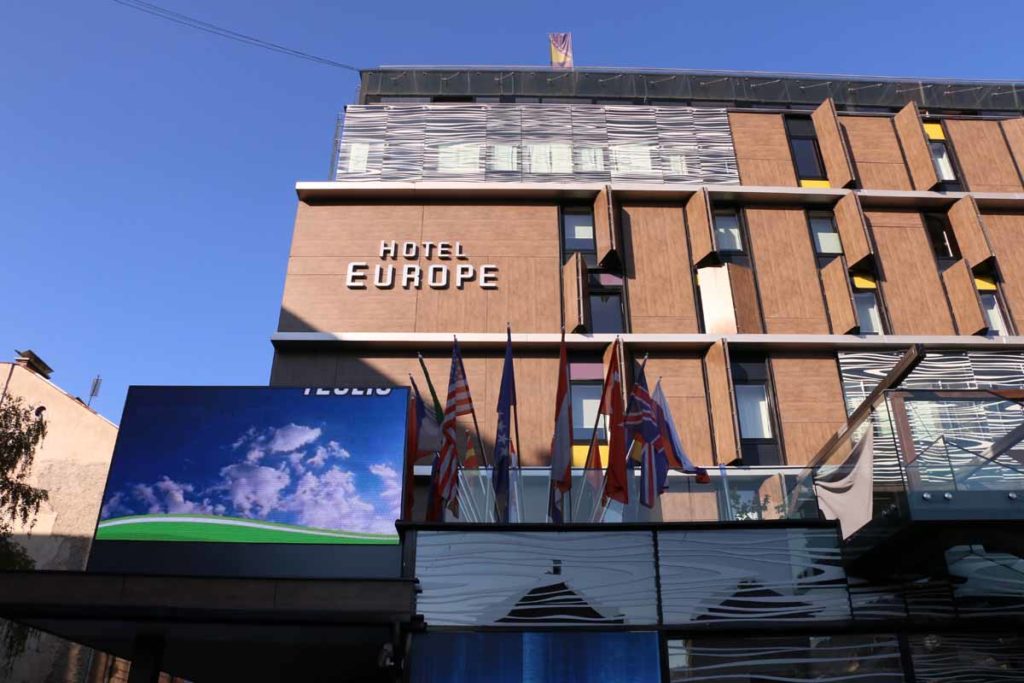
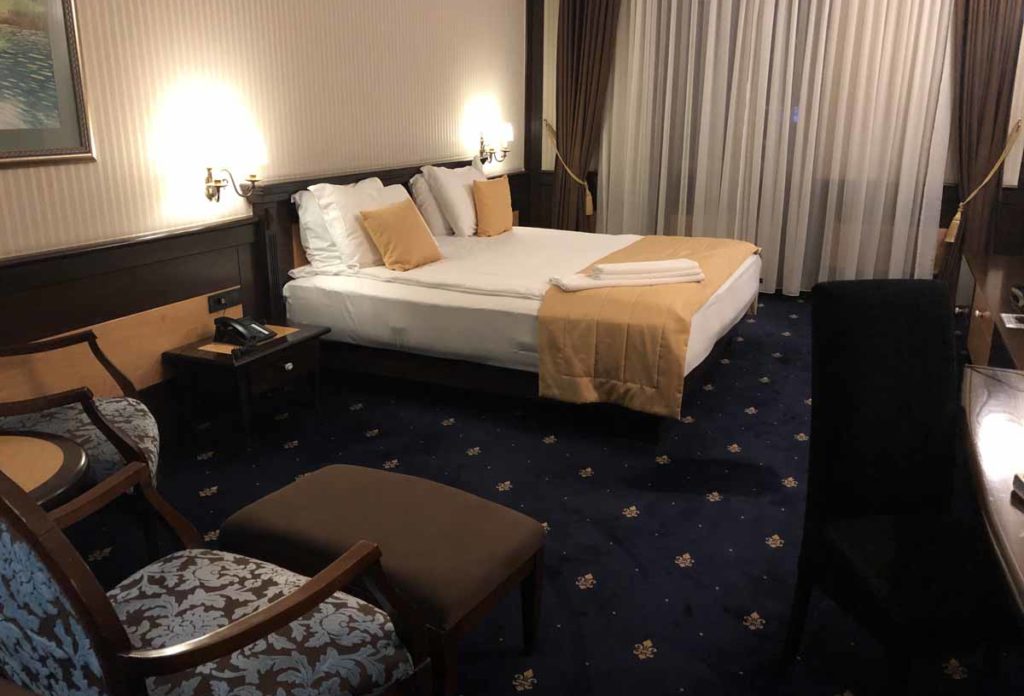
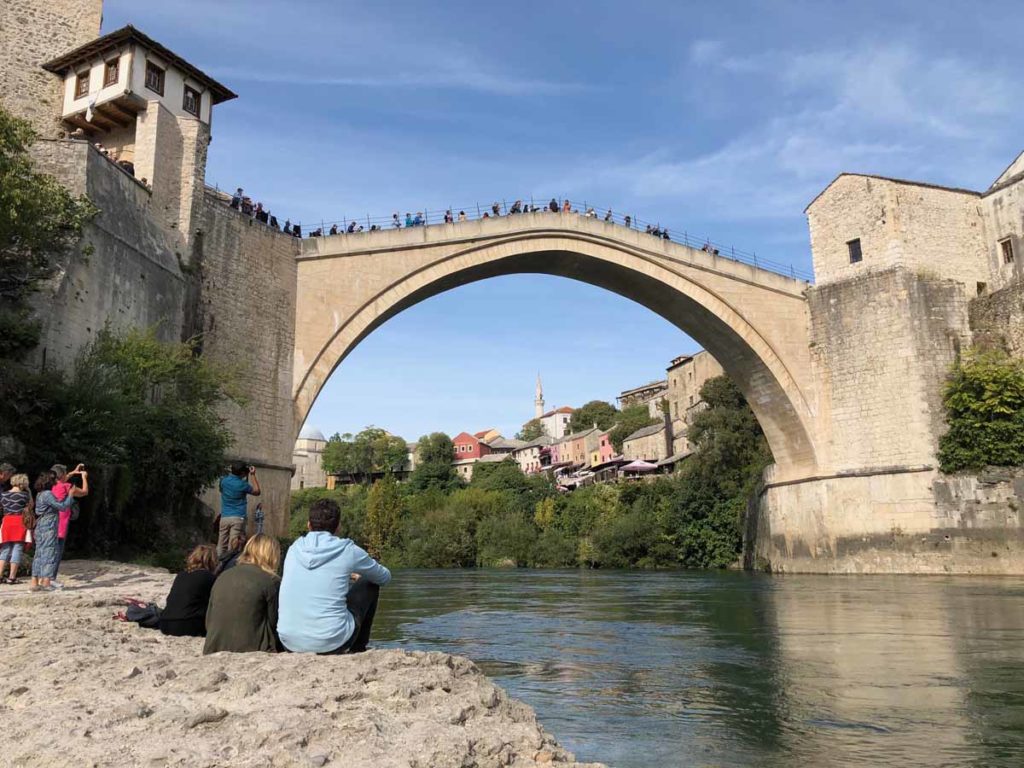
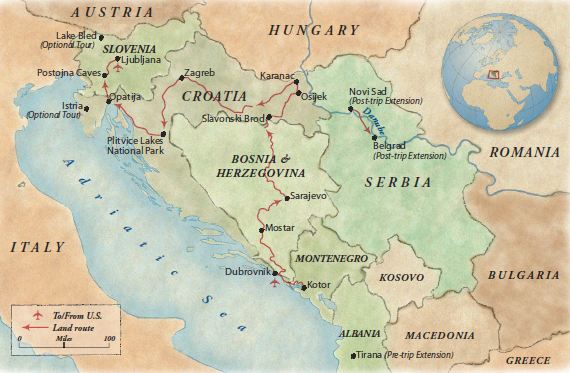
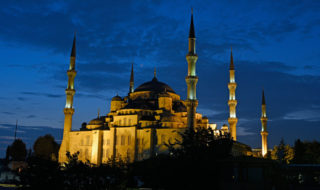
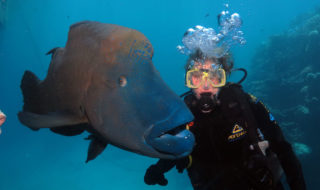
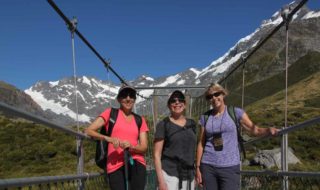
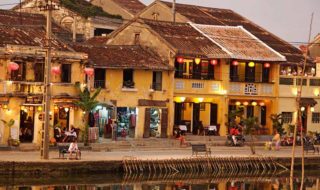
Very excellent travel report Janet. It answered my questions about the war in the 1990s.
Thanks, Hal. Wars and reasons for them are always complex. And, I didn’t know much at all before the trip! Glad it was helpful.